Experiment 1:
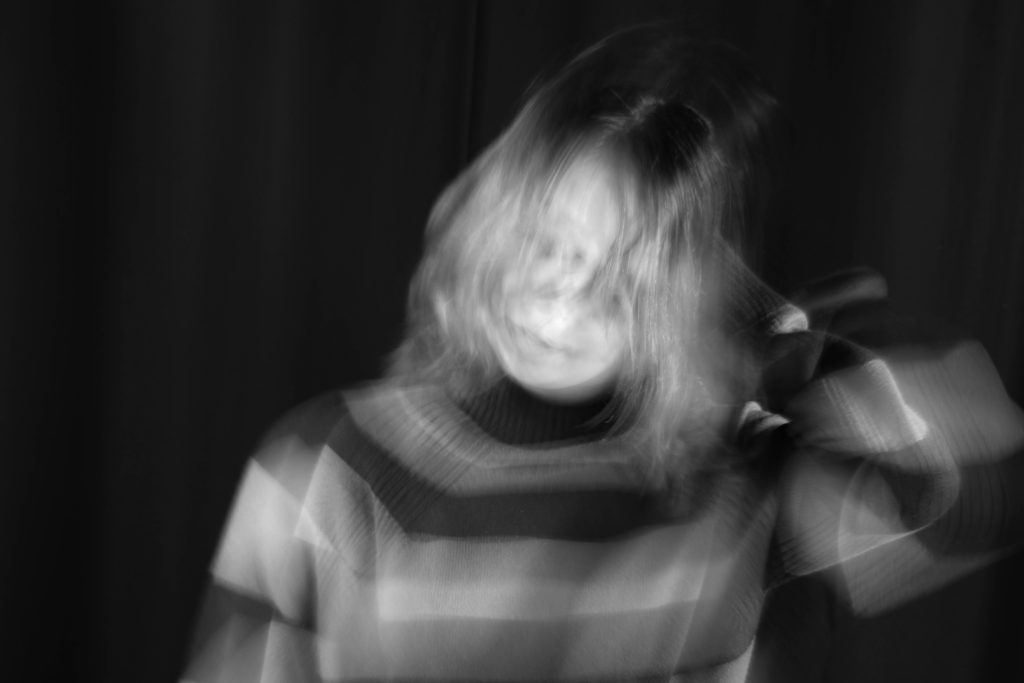
image 1 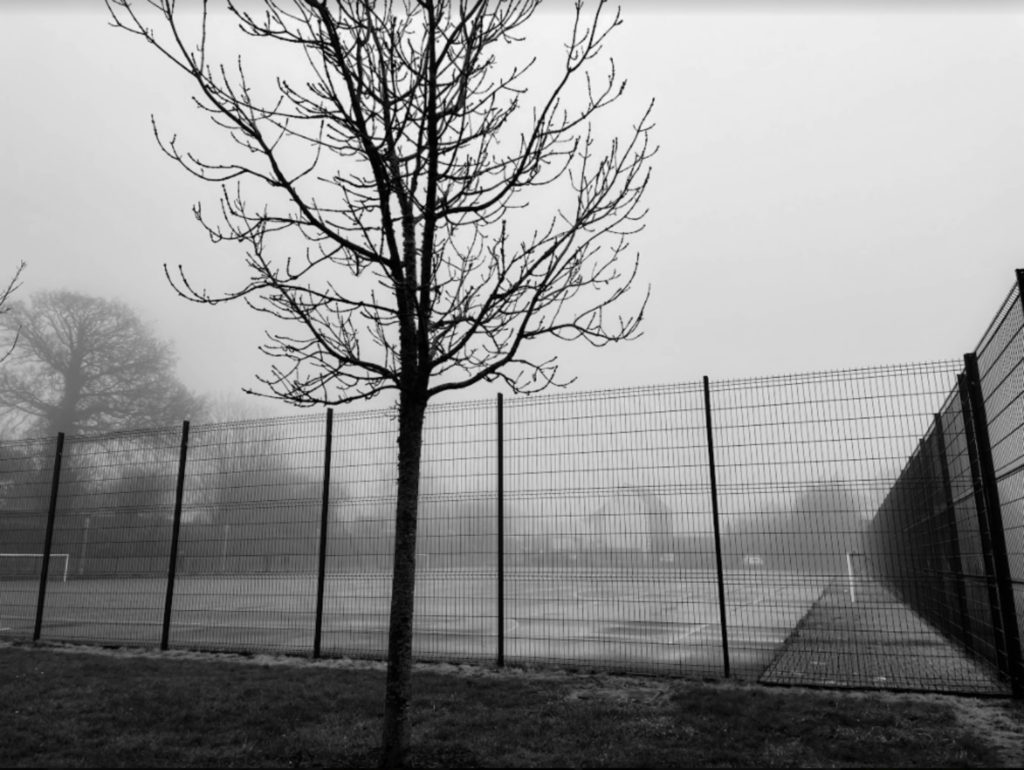
image 2
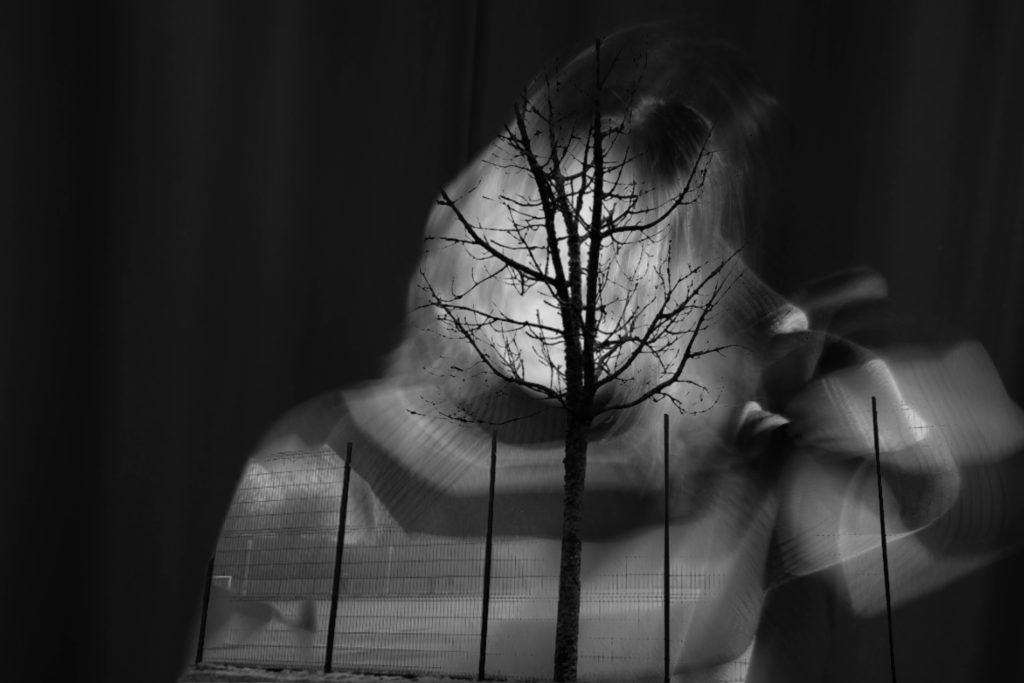
Experiment 2:

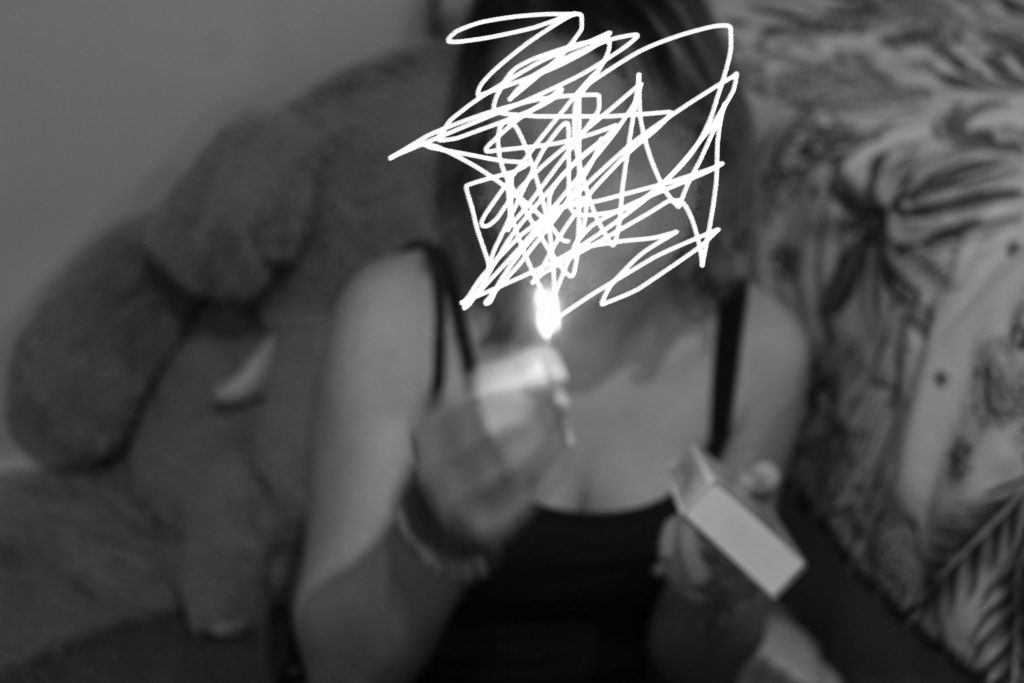
Final Experiments:
Experiment 1:



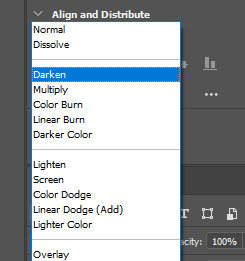

Experiment 2:


Final Experiments:

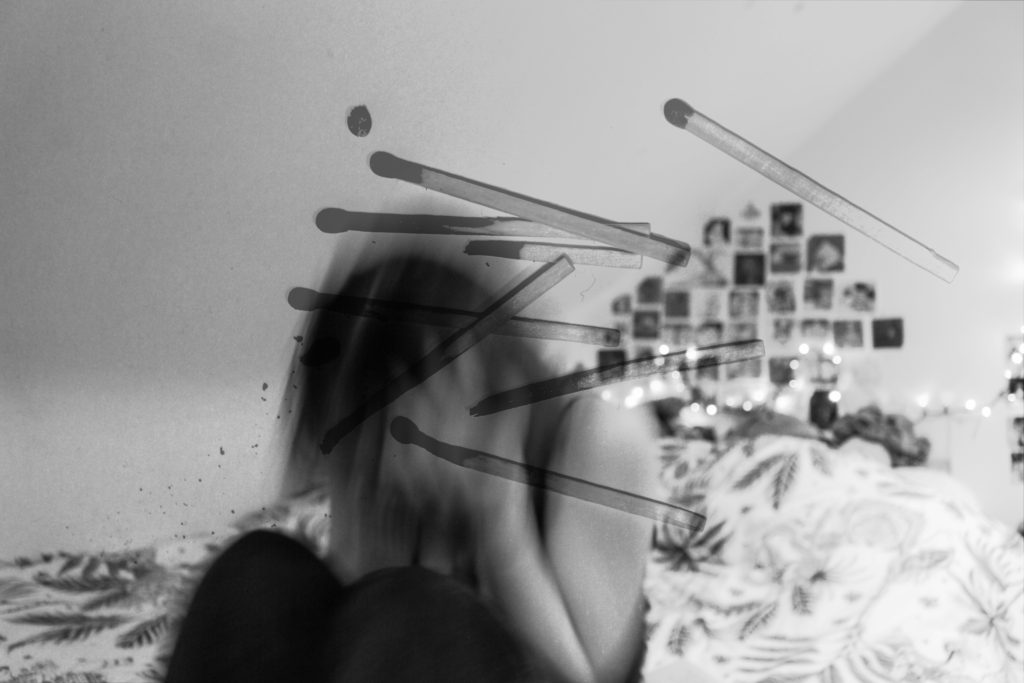


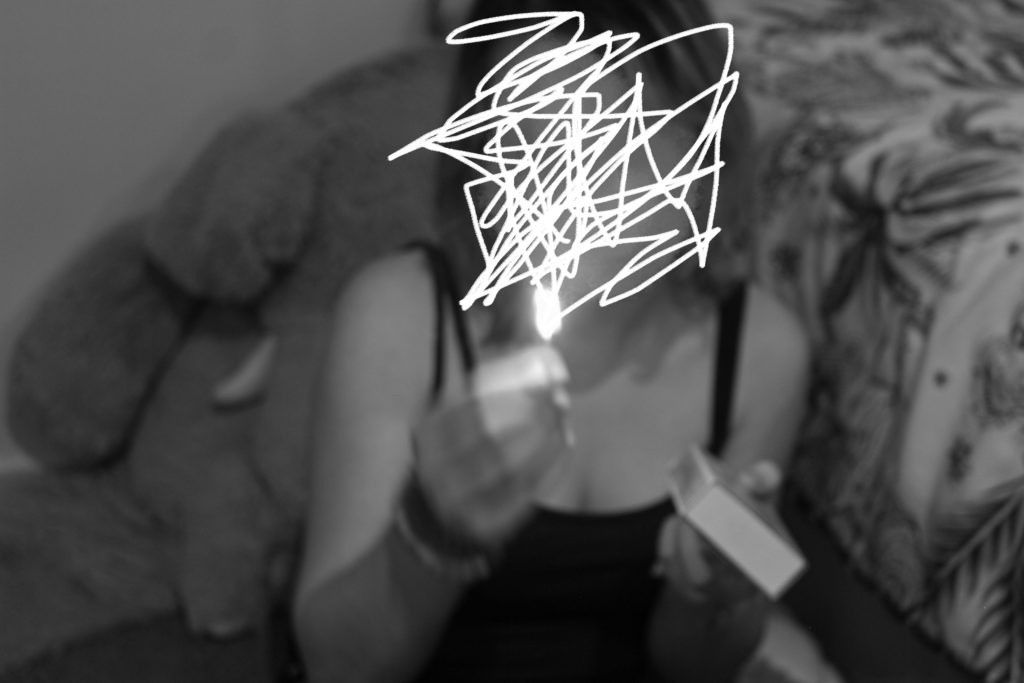

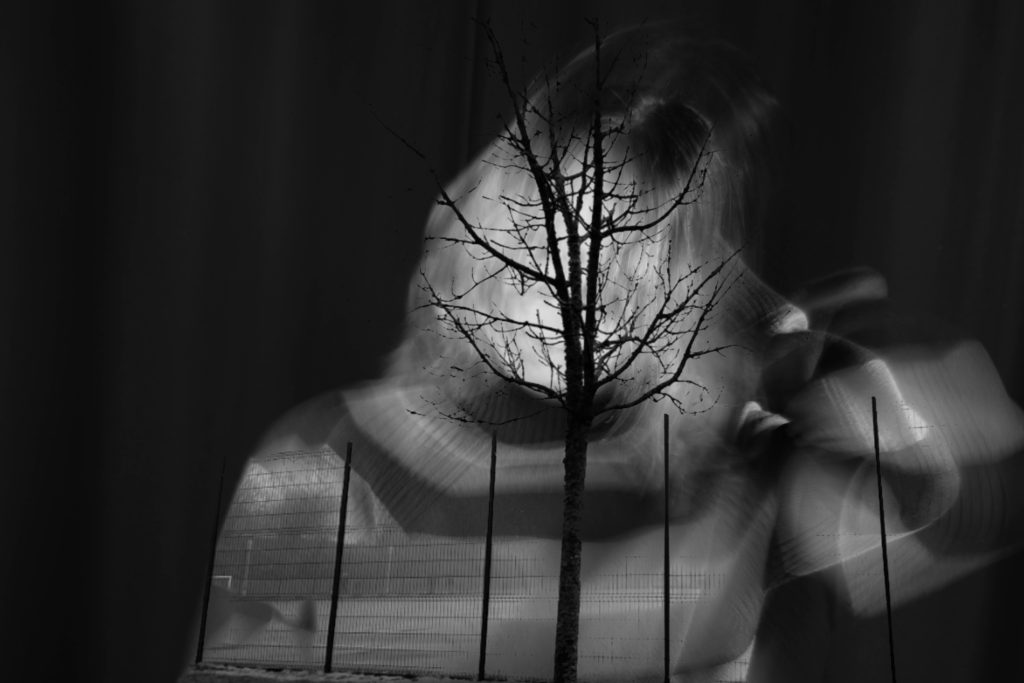

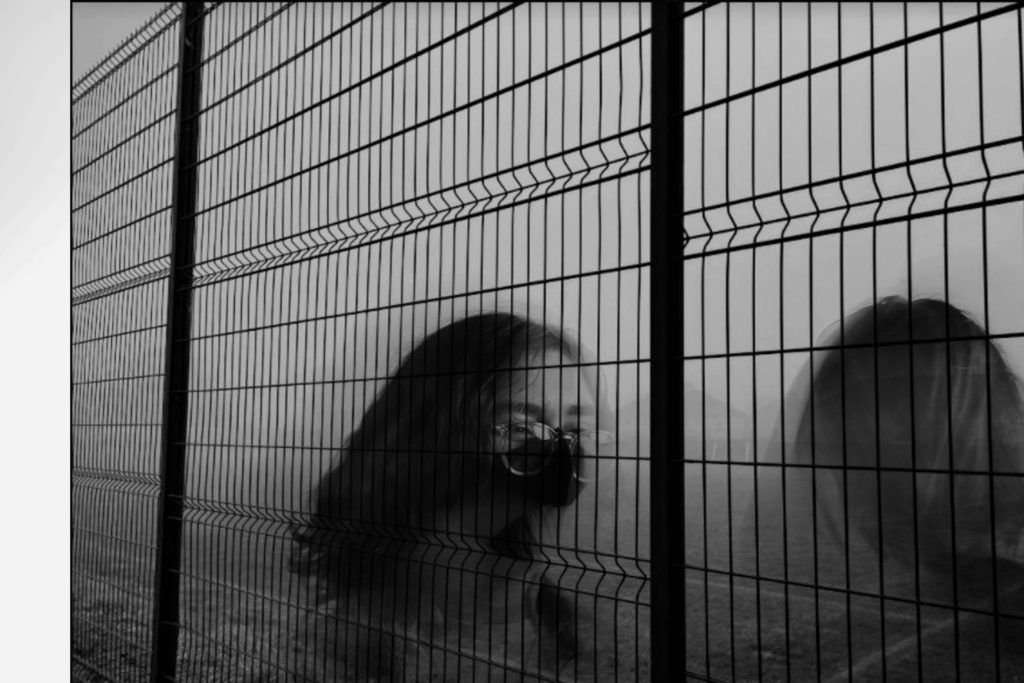
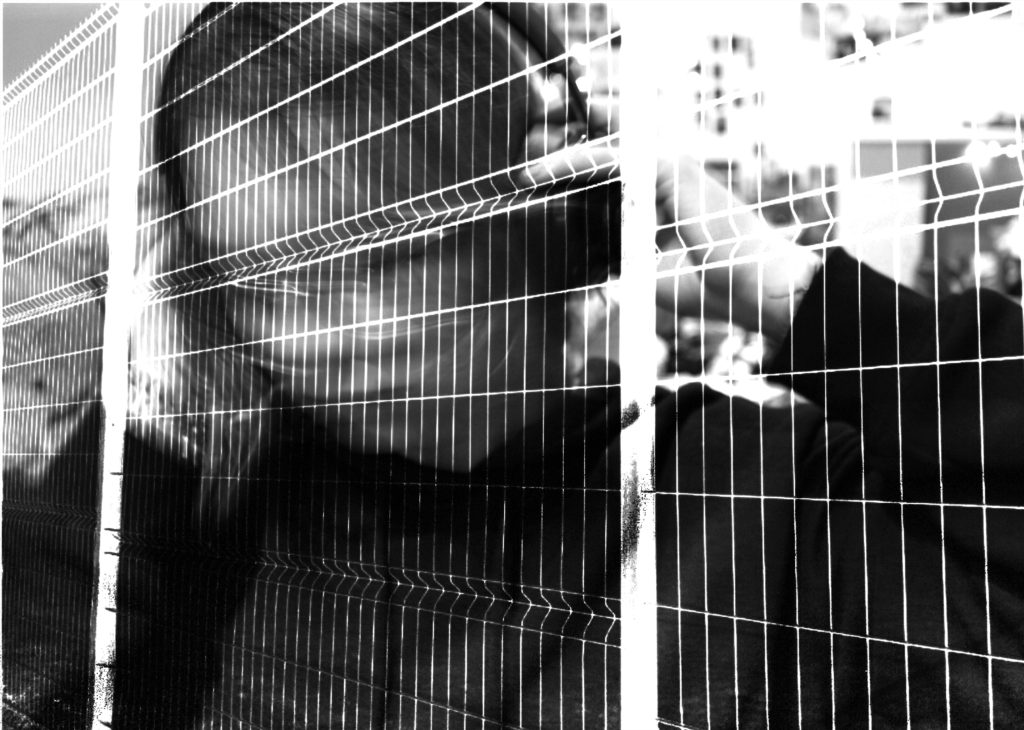
Family identity can be defined as the following: Habits, rituals, and traditions your family takes part in. Family legacy and history passed down via word of mouth or ancestor research. Values your family subscribes to.
My definition: How your family ties/ roots affect aspects of your life such as your culture and upbringing. This means that if this is included in my project there are lots of initial ideas, as I can explore my whole family tree, through generations.
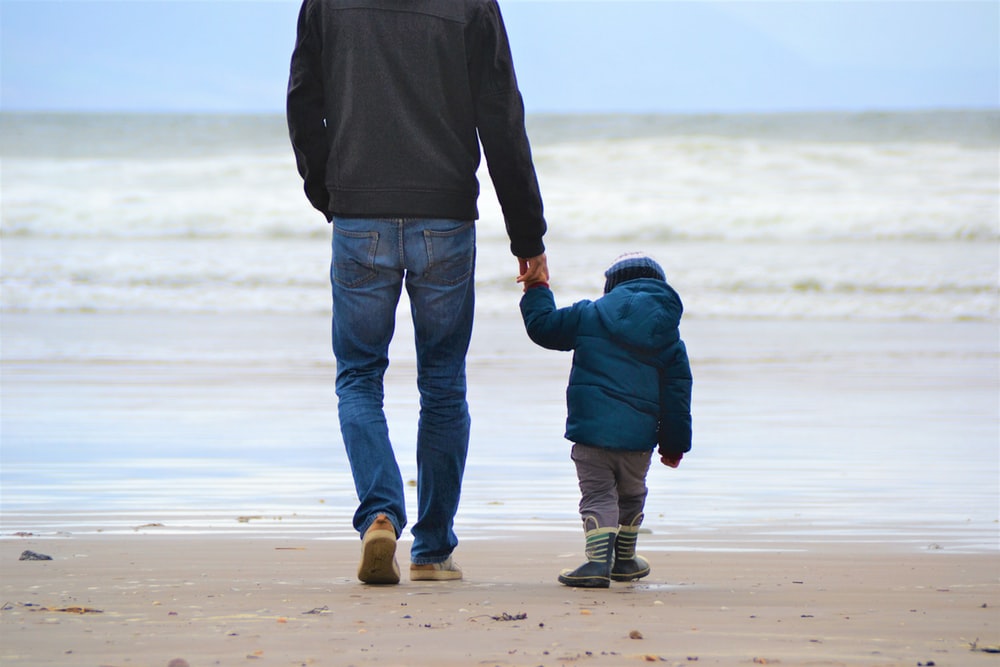
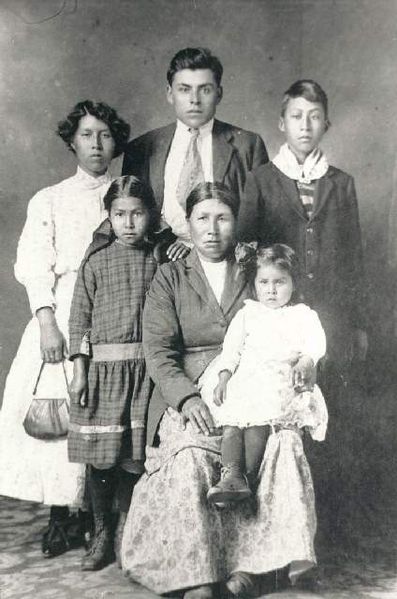

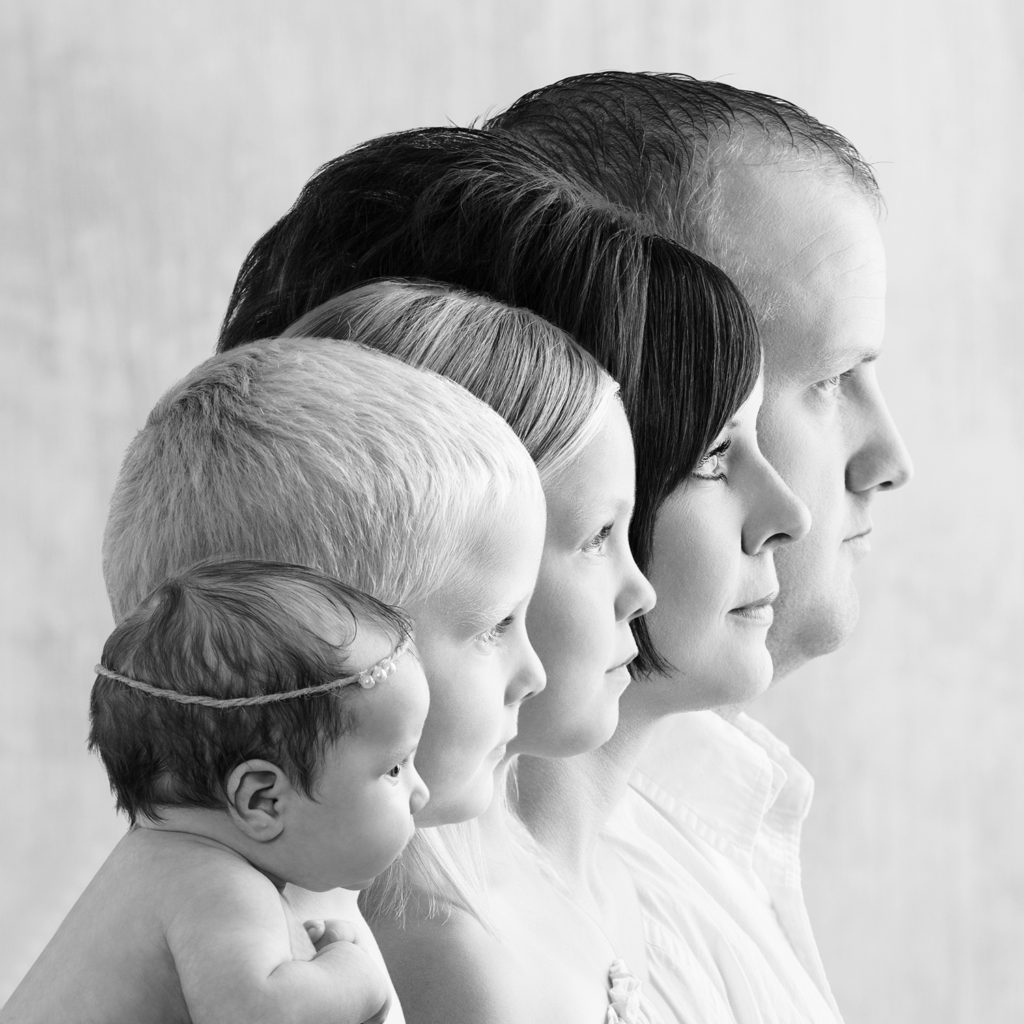

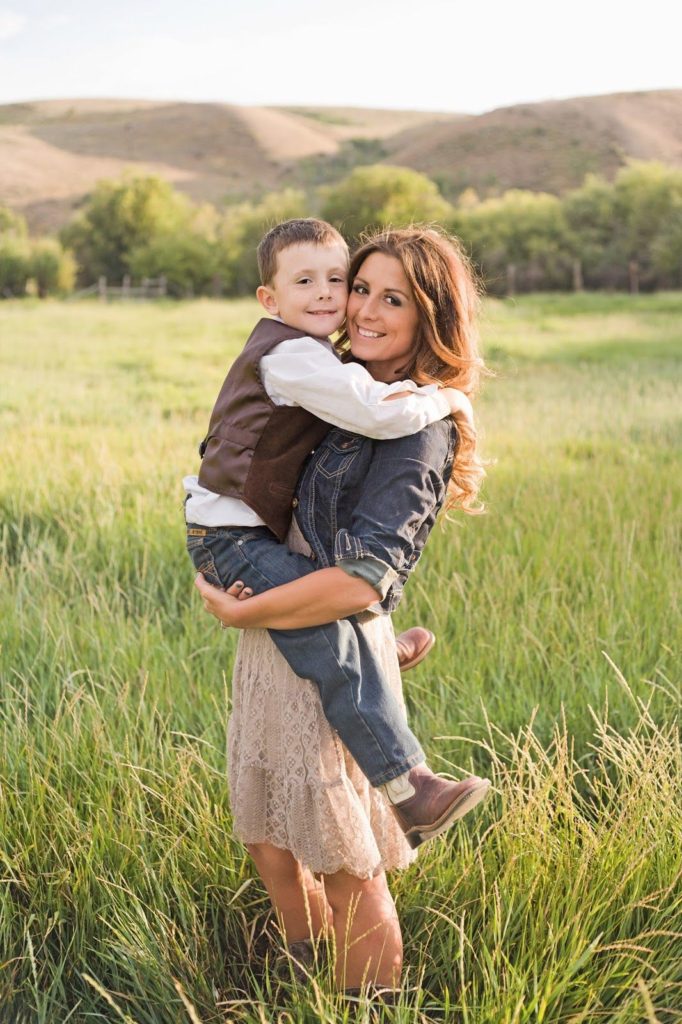
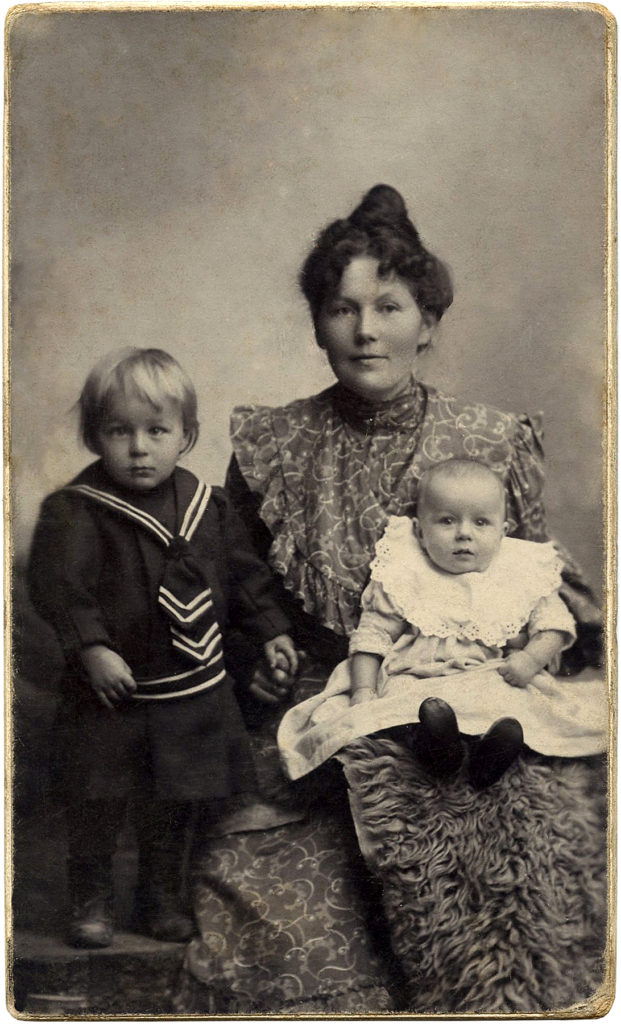

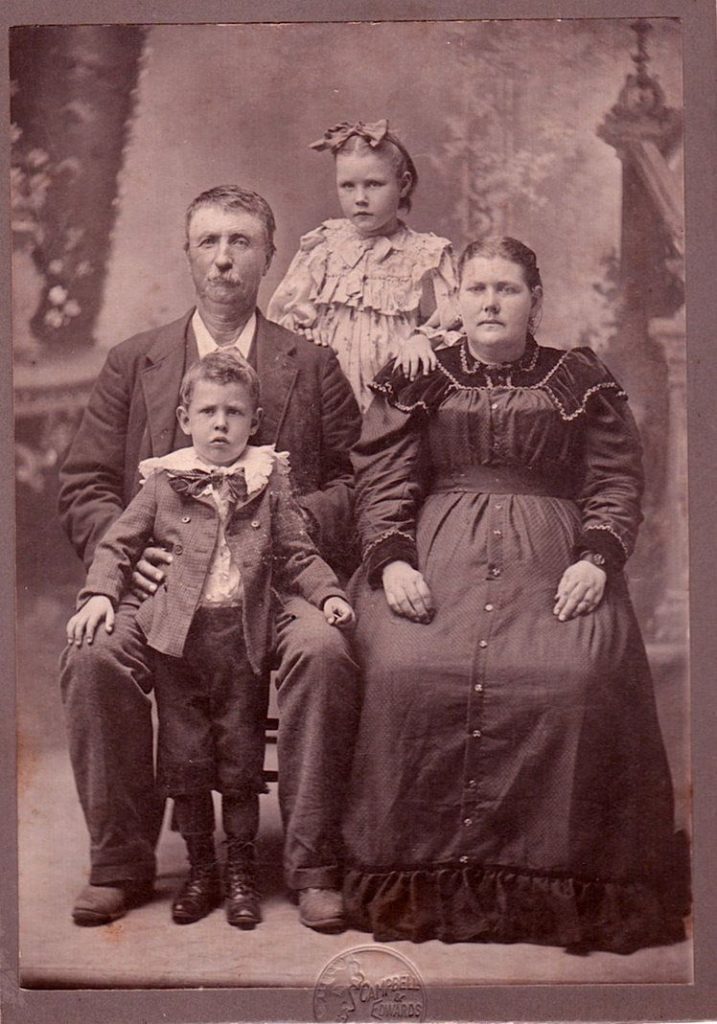
Here I have created a mood board to demonstrate my first ideas when it comes to my photoshoot to illustrate cultural identity. These photographs above consist of juxtaposition pieces people wearing clothing relating to their culture, objects relating to their culture and flags across a lady’s face. I think these images will influence my photoshoot as I can recreate images such as the middle one of the last row as I can create juxtaposition work on photoshop.
Yoshikatsu Fujii
Yoshikatsu Fujii, born and raised in Hiroshima City. He began photography work in Tokyo in 2006. His photographic works often deal with historical themes and memory lingering on in contemporary events. His works were exhibited at the several festivals.
Futhermore, Fujii is a photo based visual storyteller on long-form projects about, memory, family, contemporary events and history. His main medium is a hand-made limited edition photobook. Fujii’s project “Red String,” was highly inspired by his parents’ divorce, produced a hand-made limited edition photobook. Nominated for several awards, including the Paris Photo-Aperture Foundation Photobook Awards.
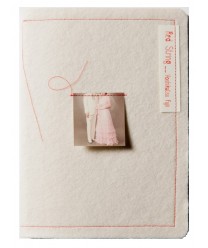
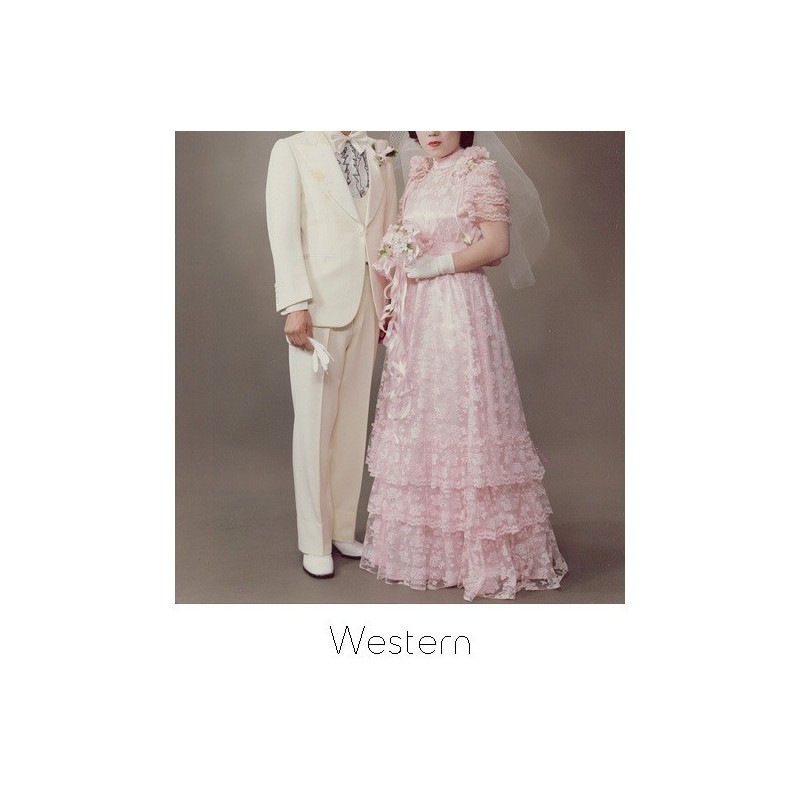
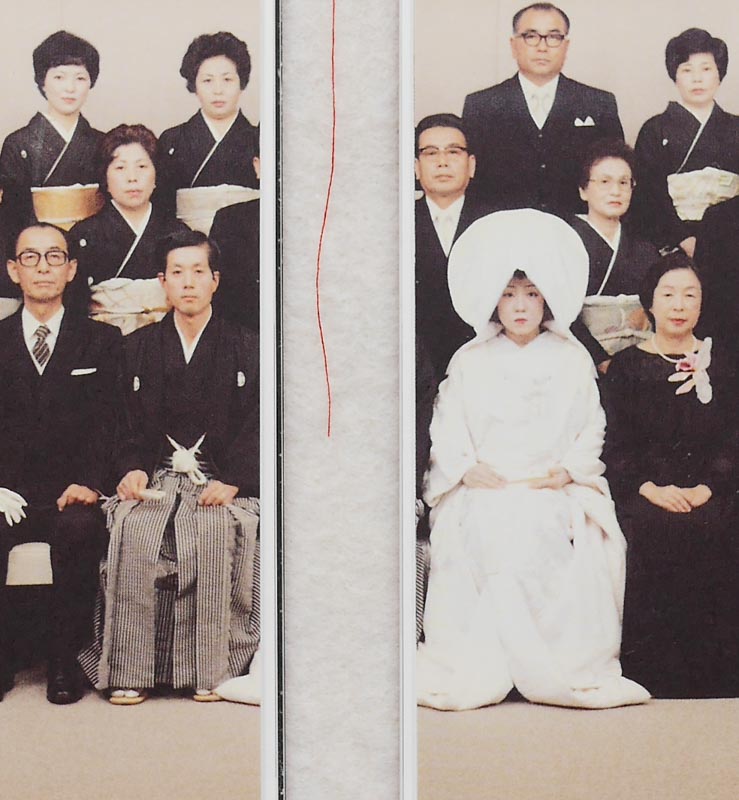

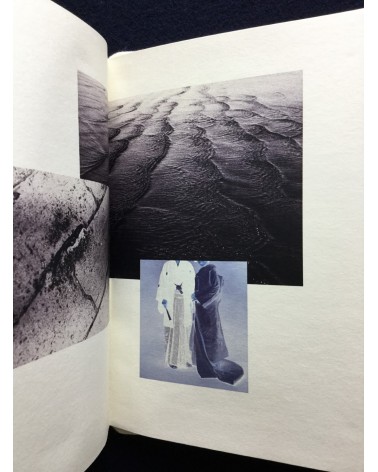
The main reason why I like his work is because it is relatable to myself, as I can use my own images of family to recreate Fujii’s pieces of work. Furthermore, the message behind is work one that is relevant to many people’s family situations. The fourth image in this gallery is composed of 1/3 colour and 2/3 is a monochromatic image, this would good to recreate in photoshop and apart of my project where I used older materials.
Role in my project: I really like how Fujii’s work is displayed and represented as it tells a deeper story with a deeper meaning behind his work. In addition, I am going to recreate part of ‘Red String’ project in the exam using an old photograph from my grandparents wedding, cropping their heads off in Lightroom, getting it printed in good quality, sticking in onto foam board and threading red string all around the white boarder.
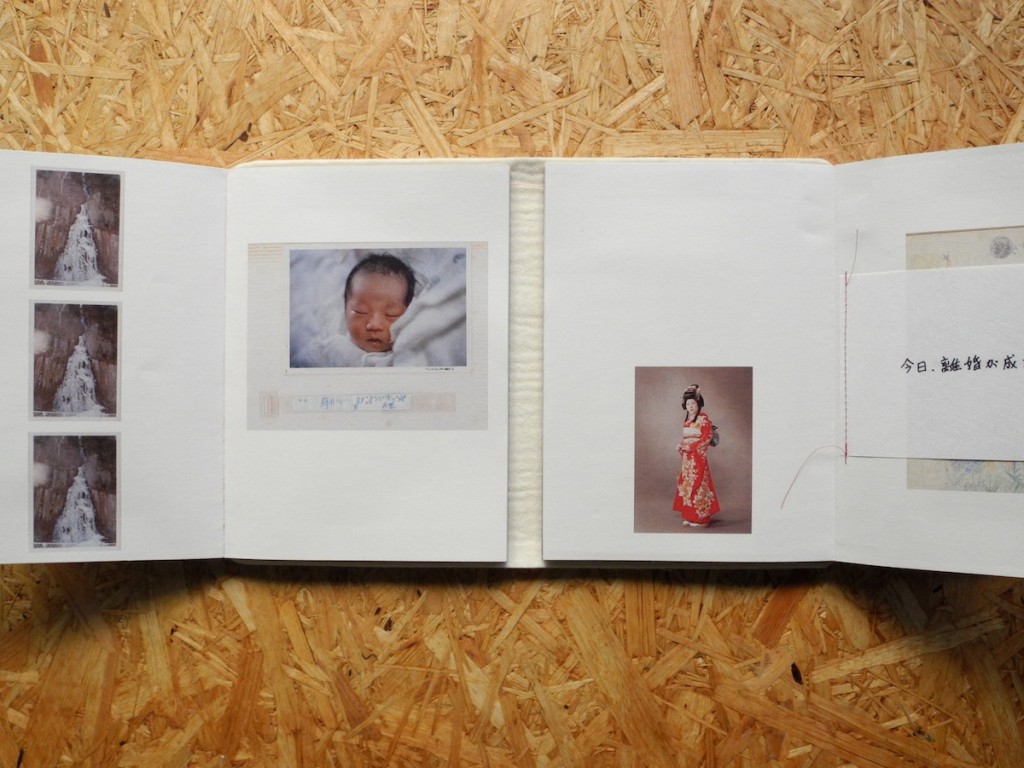

Photo Montage- Zed Nelson
Born in East Africa, Nelson graduated from Westminster University, London, with a degree in photography and filmmaking. Having gained international recognition and numerous awards as a documentary photographer, Nelson’s recent work adopts an increasingly considered, in-depth approach to reflect on contemporary social issues through long-term personal projects.
Love Me, Nelson’s most recent book, reflects on the cultural and commercial forces that drive a global obsession with youth and beauty. The project spanned five years, involved photography in 18 countries across five continents, and was recently nominated for the Deutsche Börse Photography Prize.
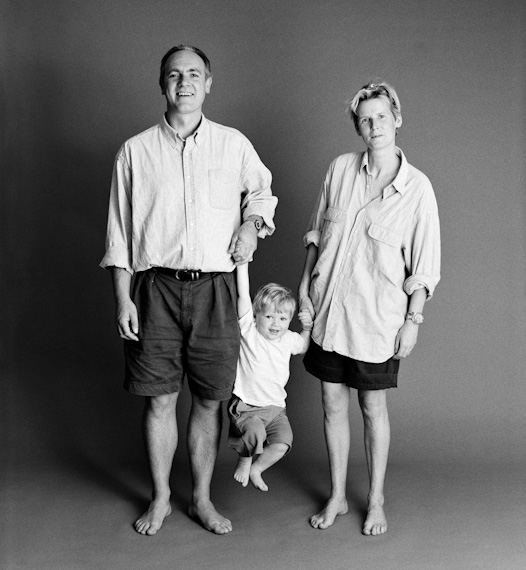
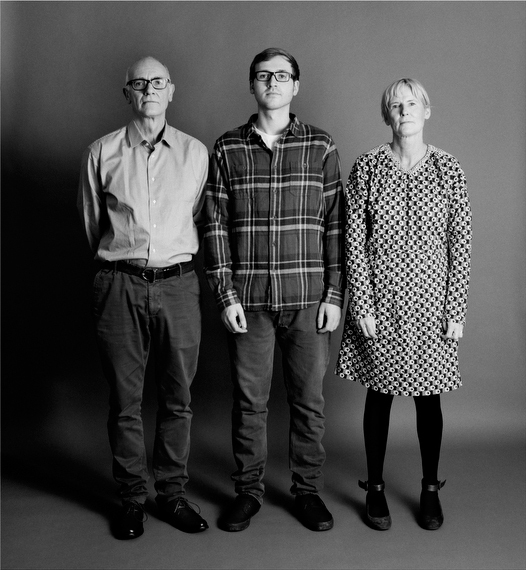
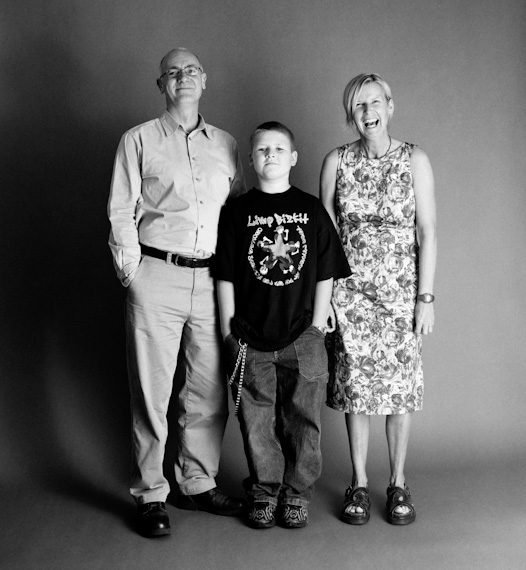
Nelson’s seminal first book, Gun Nation, was a ground-breaking reflection on America’s love affair with the gun. Gun Nation has been exhibited internationally and awarded five major photography prizes (including First Prize in World Press Photo Competition, the Visa d’Or, France, and the Alfred Eisenstaedt Award, USA).
Nelson’s work has been exhibited at the National Portrait Gallery, the Tate Britain, the Institute for Contemporary Arts (ICA), and is in the permanent collection of the Victoria & Albert Museum, London. Nelson has had solo shows in New York, Stockholm, Copenghagen and London.

Role in my project: I have some old family images that I am going to recreate, I am planning to use the same style as these but with my own family photos. Furthermore, I like how these images are composed of somewhat serous family photos, which match perfectly with what I am. I think the similarities and juxtaposition with his work and mine will make for a substantial artist reference and I like how they feel like they are deadpan family photos.
Identity is the qualities, beliefs, personality and looks that make a person. A psychological identity relates to self-image, self-esteem, and individuality. Some aspects of peoples personal identity includes their skin colour, ethnicity, religion, which all play an important part in that person’s life because it’s how they view the world around them and themselves.



Claude Cahun
Claude Cahun was a Surrealist photographer whose work explored gender identity and the subconscious mind. The artist’s self-portrait from 1928 epitomizes her attitude and style, as she stares defiantly at the camera in an outfit that looks neither conventionally masculine nor feminine. “Under this mask, another mask,” the artist famously said. “I will never be finished removing all these faces.”
Her first recorded self-portraits are dated as early as 1912 when the artist was about 18. In the early 1920s, she would change her name to the gender-neutral Claude Cahun, which would be the third and last time the artist changed her name. Along with step-sister and lover Marcel Moor, she moved to Paris and fell into the milieu of the Surrealist art scene.
In the late 1930s, Moore and Cahun moved to Jersey, an island off the coast of Normandy, where they, disguised as non-Jews, produced and distributed anti-Nazi propaganda. After being caught, imprisoned, and sentenced to death, they successfully escaped such a fate when Jersey was liberated by allies in 1945.



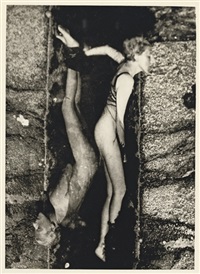

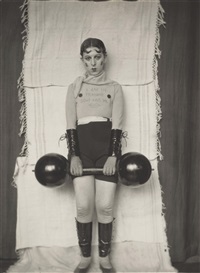

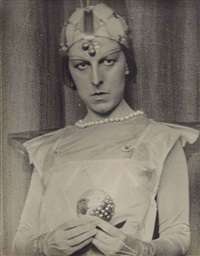

Cahun is considered to be a ground-breaking artist who fully embraced her gender fluidity long before the term came into use. Tragically, she never fully recovered from her maltreatment in prison and passed away on December 8, 1954, in Jersey, United Kingdom. Her work left a huge impression on photography and directly influenced contemporary photographers Cindy Sherman, Gillian Wearing and Nan Goldin.
Gender Identity
Gender identity is your deeply-held inner feelings of whether you’re female or male, both, or neither. Gender identity may be the same as the sex you were assigned at birth (cisgender) or not (transgender). This concept is intimately related to the concept of gender role, which is defined as the outward manifestations of personality that reflect the gender identity.



What
I will be photographing my grandads old belongings. He died before I was born, but his life was interesting as he was captured in the war by the Japanese while he was living in the Philippines.
Where
I will be photographing his belongings on a plain background at home
How
I will use sun lighting if I can and work with his belongings to make collages
When
Over the course of this week
MOODBOARD
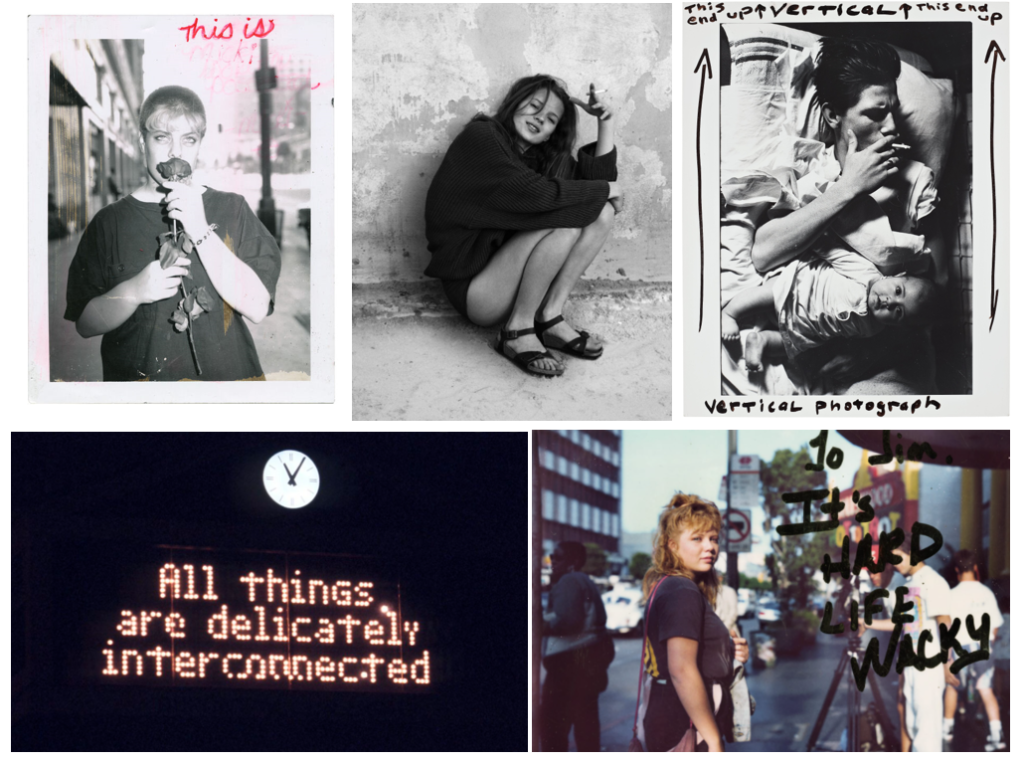
For my project I am inspired by visual artists who give meaning through their models and their identity portrayed through a storyboard or setting/pose, for example Jim Goldberg – who centers his pieces around the individuals he photographs. I wanted to portray youth culture in my eyes which is through music and the way people idolize musicians even though in reality the music scene that is highly glamorized was built on money and violence.
My moodboard is a mix of visual and conceptual artists – for example Jenny Holzer, a neo-conceptual artist. The main focus of her work is the delivery of words and ideas in public spaces, for example on billboards or buildings.
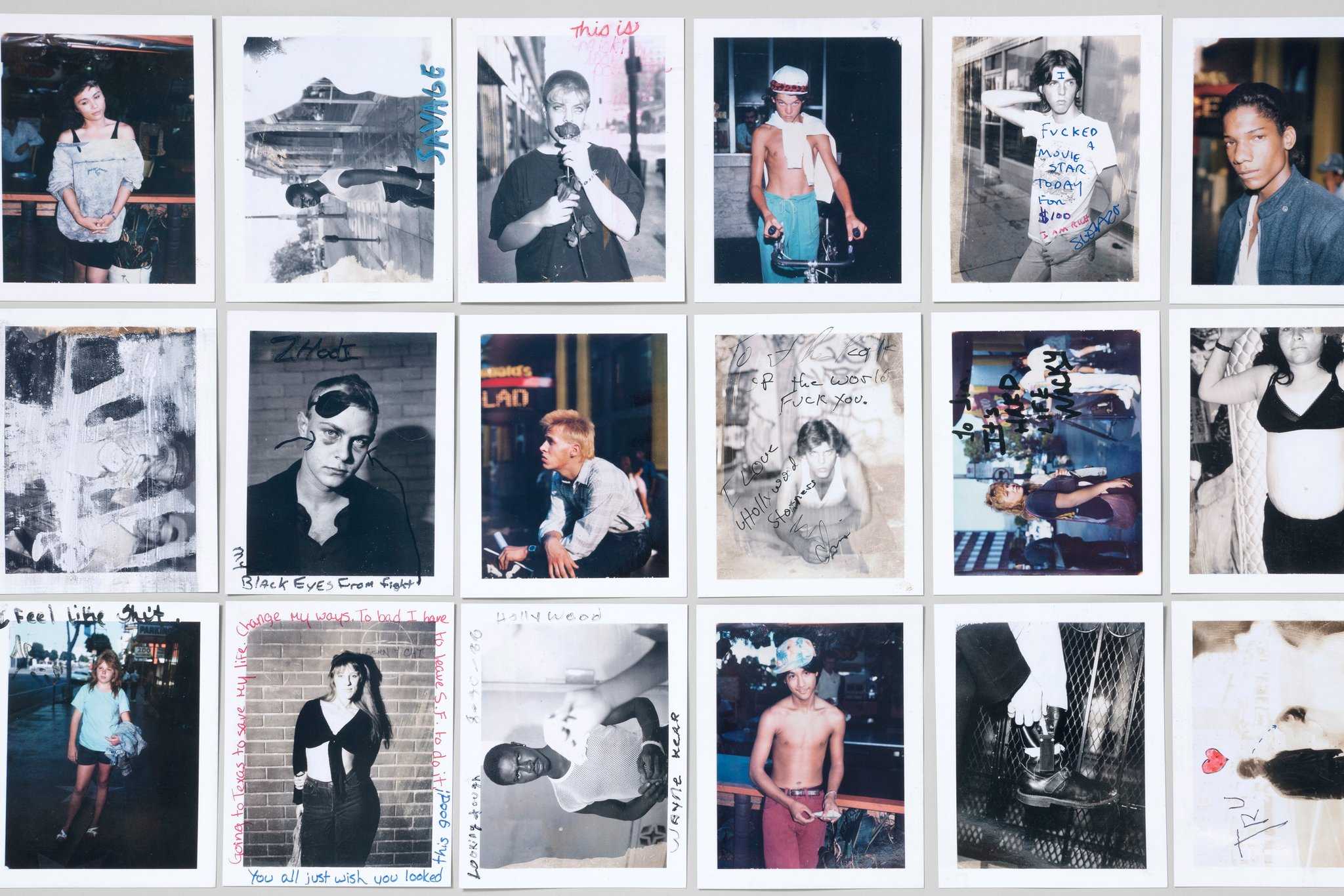
Jim Goldberg is an American artist and photographer, whose work reflects long-term, in-depth collaborations with neglected, ignored, or otherwise outside-the-mainstream populations. His work looks into the identity of ‘outcasts’ illustrated with writing usually from the individual he is photographing. Goldberg is best known for his photographic books, multi-media exhibits, and video installations, among them: Rich and Poor (1985), Nursing Home, Raised by Wolves (1995), Hospice, and Open See (2009).

In 1995, Goldberg published his project ‘Raised by Wolves’ as a photobook where he explored the lives of a troubled youth living on the streets of California – a work spanning over ten years (1985-1995). Unveiling their realities filled with addiction, abuse and violence, Goldberg put into spotlight those who exist on fringes and often remain invisible to the mainstream society.
I am inspired by Goldberg’s work because of his unique take on identity and his use of writing on his photos to give the viewer a better understanding of who he’s photographing and why.

Bob Gruen is an American author and photographer known for his rock ‘n’ roll photographs. By the mid 1970s Gruen was already regarded as one of the foremost photographers in music working with major artist such as John Lennon, Tina Turner, The Rolling Stones, Led Zeppelin, Elton John, and Kiss.

Shortly after John Lennon moved to New York in 1971, Gruen became John and Yoko’s personal photographer and friend, making photos of their working life as well as private moments. In 1974 he created the iconic images of John Lennon wearing a New York City t-shirt and, standing in front of the Statue of Liberty making the peace sign – two of the most popular of Lennon’s images.
I am inspired by Gruen’s work not only because of the iconic celebrities he photographed but also the way he captured them – both photos I’ve used in this post represent identity in two different ways, for example the photo of The Clash in the moving car could represent the fast lifestyle most musicians lived by the way the photo was taken, as opposed to the headshot photos of John Lennon that appears to capture different sides of his personality.
Claude Cahun was a French surrealist photographer, sculptor, and writer. Cahun is best known as a writer and self-portraitist, who assumed a variety of performative personae. Cahun’s work is both political and personal.
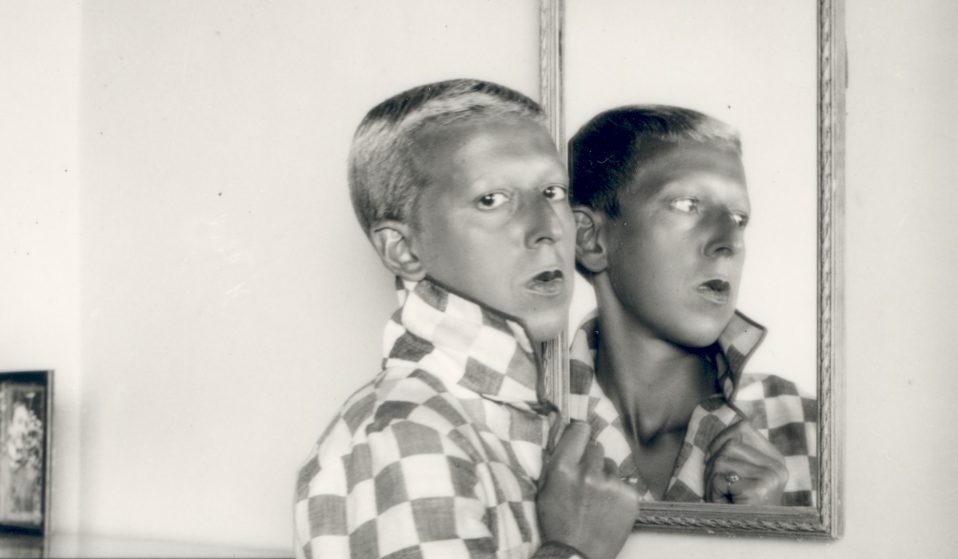
Claude Cahun created some of the most startlingly original and enigmatic photographic images of the twentieth century. Prefiguring by over seventy years many of the concerns explored by contemporary artists today, the importance of her work is increasingly recognised.

Since her “rediscovery” over a decade ago, Claude Cahun has attracted what amounts to a cult following among art historians and critics working from postmodern, feminist, and queer theoretical perspectives. In 1986, Hal Foster dubbed Cahun “a Cindy Sherman avant la lettre.” Since then, photographs of Cahun posing in the 1920s and 30s in various dramatic settings and guises have been displayed alongside contemporary works.
The Jersey Heritage Trust collection represents the largest repository of the artistic work of Cahun who moved to the Jersey in 1937 with her stepsister and lover Marcel Moore, was imprisoned for activities in the resistance during the Occupation, and remained here after the war.
Francesca Woodman
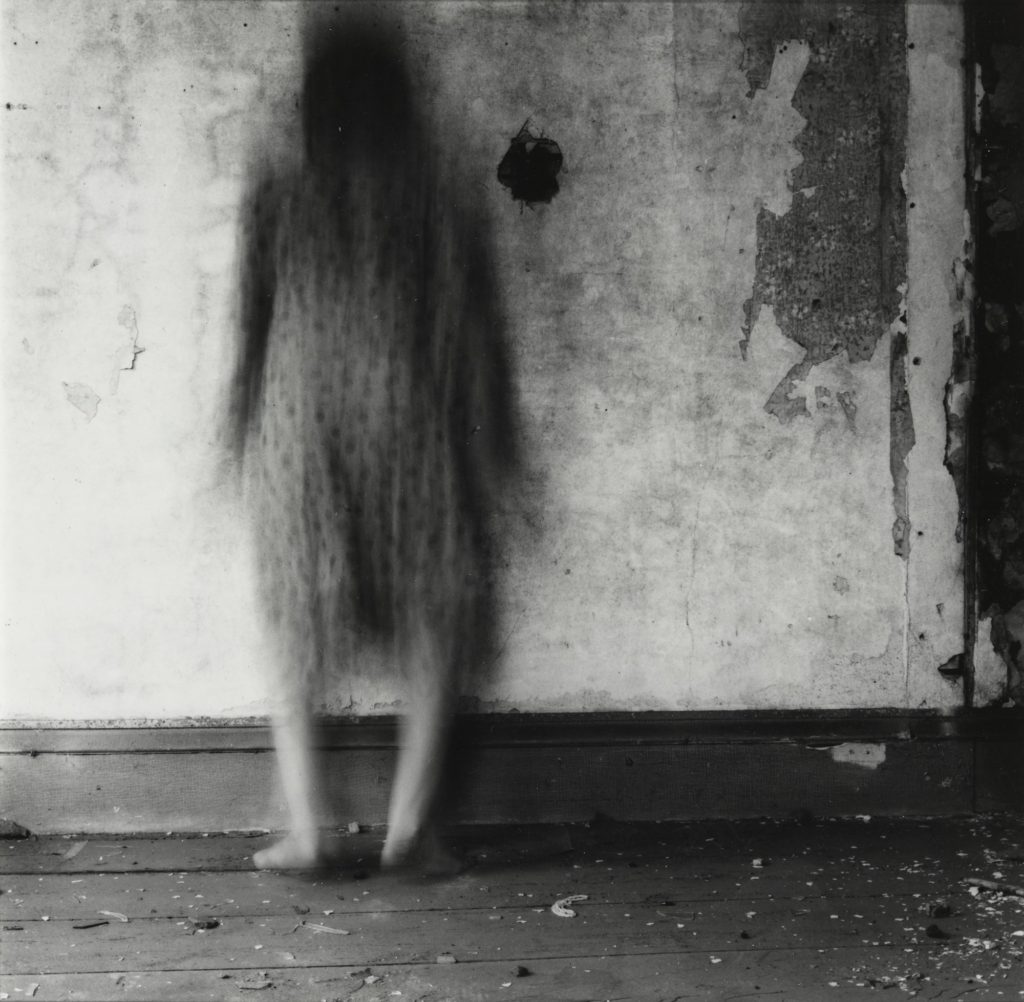
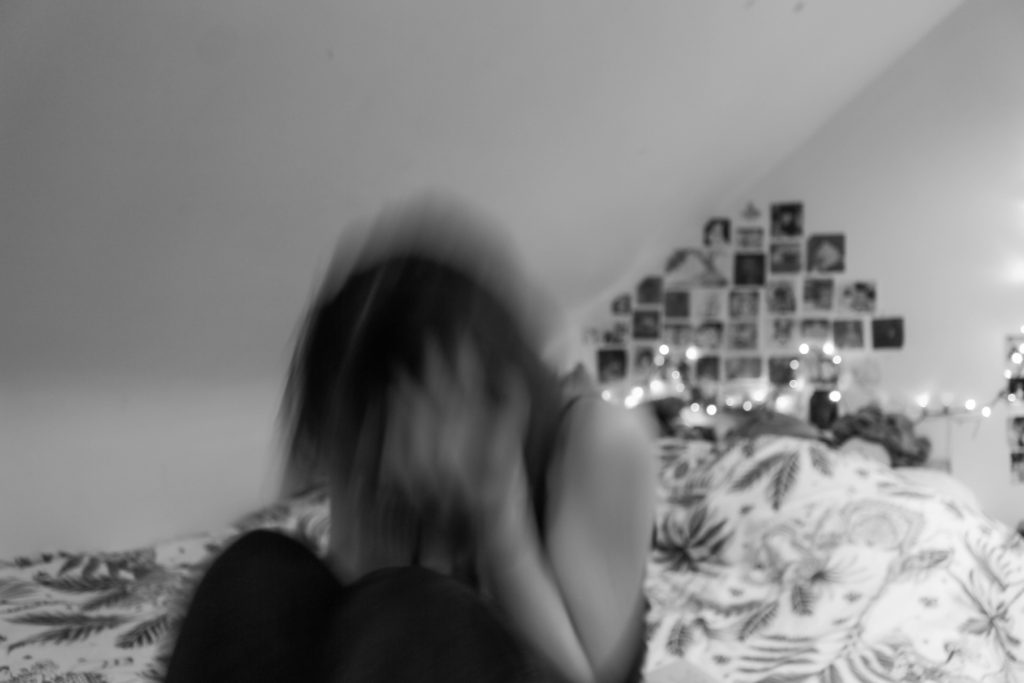
This is one of my images that was inspired by Francesca Woodman’s work. I think my work is similar to hers because I managed to take them in black and white, and used a slow shutter speed in order to get the blurry effect. Woodman’s work is dark and simple as she usually just stands or sits in frame and then just moves to the point where it’s hard to see her. I did the same thing by sitting, putting my head down then quickly moving it up when the camera started taking the picture to make it blurry and hard to see. To improve I would probably have to take full body pictures and have different poses because that’s what Woodman usually does.
Brno Del Zou:
Brno Del Zou is a musician, photographer, sculptor, videographer, software designer, creator of video / sound / interactive installations.
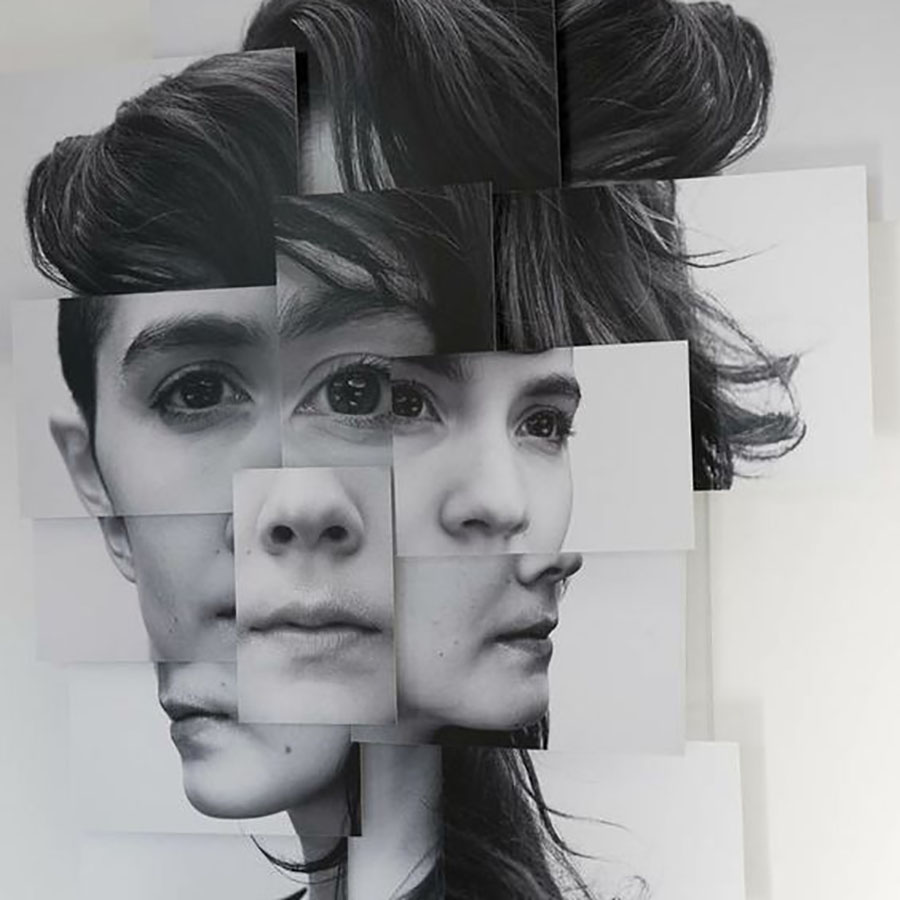
Brno Del Zou has a beautiful series of photography based portraits. In these works, he explores many different perspectives while displaying them all on one plane of vision. He sees his work as an exploration of cubism. The result is a complex “collage” displaying the many facets of an individual.
He creates this images by distorting them with many layers, all taken in different scales and angles to represent the ‘chaotic side of our minds’.




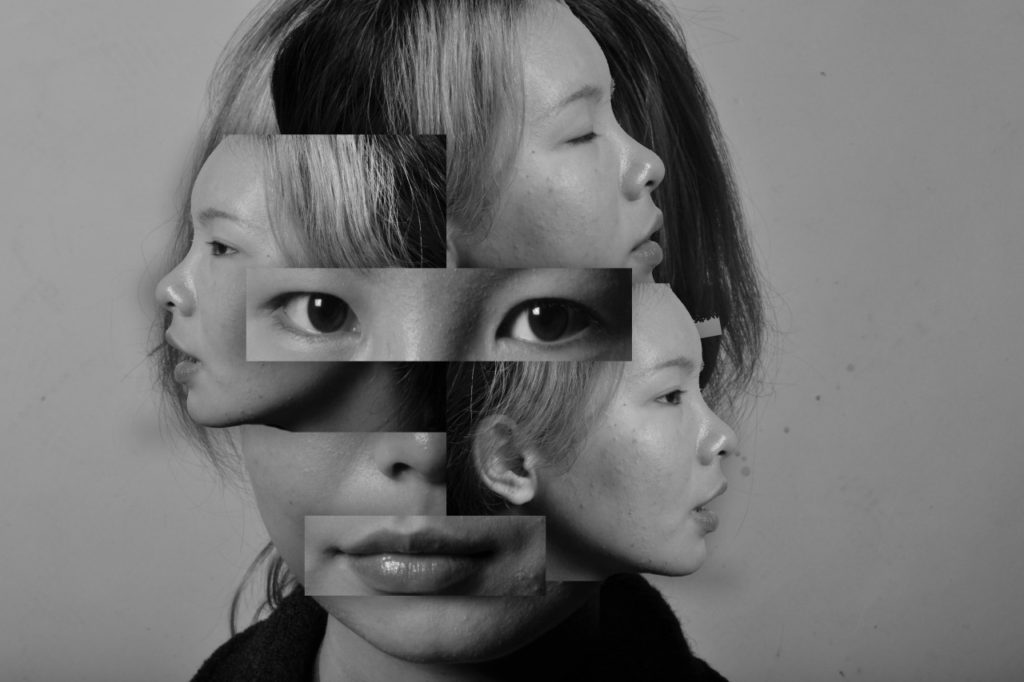


PHOTOGRAPHY CONTROLLED CONDITIONS
Mon 23th May – Wed 25th May inclusive (15 hours)
Groups 12C + 12D Periods 1-5 Mon 23rd May, Tues 24th, Wed 25th May…
“ANTHROPOCENE”
We have included a mini-unit to help you explore further opportunities within photography. We will spend time looking closely at this and discussing ideas with you…
Remember…your stimulus for the Controlled Conditions is…
DISCUSS
Now watch this and discuss the way in which various photographers have responded to this theme…
2. Add a mindmap and moodboard of images, ideas and trigger points on your chosen genre ie: portraiture, studio (object or portraiture), abstract, landscape etc.
3. Choose two photographers that you feel explore Anthropocene through your chosen genre of photography that interest you and create a CASE STUDY on both and then compare them using a writing structure to help you. https://hautlieucreative.co.uk/photo22al/2020/08/21/the-formal-elements/
(These photographers will directly influence your final outcomes re : MOCK EXAM)
4. Organise and carry out your photo-shoots !!! You MUST complete a minimum of 2 PHOTO-SHOOTS (100-200 photos) in readiness for the mock exam itself. Responding to the theme of Anthropocene in your chosen genre.
5. Edit, select and develop your photographs and post contact sheets.
6. Produce a comparative analysis between one of your photographs and an image of one of your chosen photographers – discuss similarities and differences.

7. Develop your ideas through your images by editing, making decisions, reviewing and refining – selecting your collection of images or image as your final response to Anthropocene.
Your final outcome could be an image, a collection of images, an altered landscape, a small zine, an exhibition in a virtual gallery, a projected image etc, etc.
8. Ensure your write an evaluation that comments on your original intentions (what you set out to do) and how your realised those intentions. Is your outcome successful? Comment on strengths and successes.
Take a look at these photographic images (click on each image to expand):
GUSTAVE LE GRAY – THE GREAT WAVE, 1857. ALBUMEN PRINT FROM COLLODION-ON-GLASS NEGATIVE.
Read the following descriptions about the making of these images:
| Gustave Le Gray – The Great Wave, 1857 | Dafna Talmor – from Constructed Landscapes II |
| ‘The Great Wave’, the most dramatic of his seascapes, combines Le Gray’s technical mastery with expressive grandeur […] At the horizon, the clouds are cut off where they meet the sea. This indicates the join between two separate negatives […]Most photographers found it impossible to achieve proper exposure for both landscape and sky in a single picture. This usually meant sacrificing the sky, which was then over-exposed. Le Gray’s innovation was to print some of the seascapes from two separate negatives – one exposed for the sea, the other for the sky – on a single sheet of paper. | This ongoing body of work consists of staged landscapes made of collaged and montaged colour negatives shot across different locations, merged and transformed through the act of slicing and splicing […] ‘Constructed Landscapes’ references early Pictorialist processes of combination printing as well as Modernist experiments with film […] the work also engages with contemporary discourses on manipulation, the analogue/digital divide and the effects these have on photography’s status. |

Think about creating landscapes that relates to your commentary, possibly Vilde Rolfsen’s work on Plastic Bag Landscapes…

or Yao Lau, who creates contaminated landscapes using landfill sites and mounds of derelict rubble.
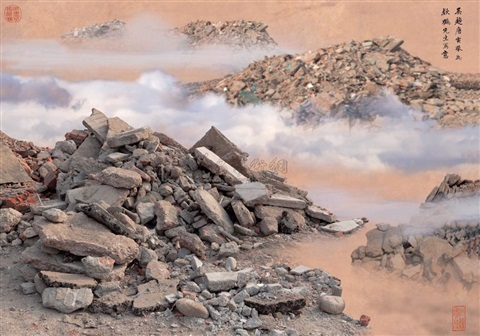
…or Alice Weilinga and her adapted images of North Korea and the contrast of the “the dream” versus the reality of working life in an oppressive state
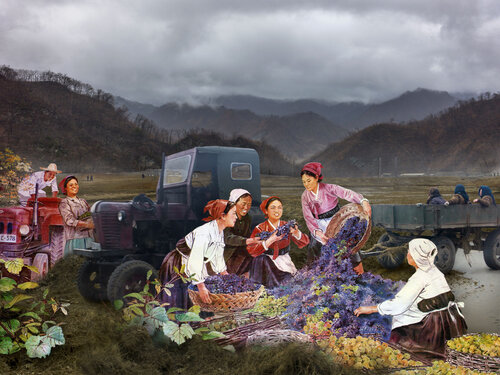
Links to inspirational artists and ideas…
https://www.lensculture.com/articles/ingrid-weyland-topographies-of-fragility
https://www.lensculture.com/articles/julie-hamel-altered-negatives
https://www.lensculture.com/articles/william-eggleston-the-outlands
https://www.lensculture.com/solo-exhibition/peter-franck-lost-found-and-seen
https://www.lensculture.com/articles/sara-cuce-memory-of-the-eyes
https://www.lensculture.com/articles/tobias-kruse-deponie-landfill
https://www.lensculture.com/articles/charlotta-hauksdottir-a-sense-of-place
https://www.lensculture.com/articles/ohad-matalon-across-a-dark-land
https://www.lensculture.com/articles/the-most-fantastic-the-most-fantastic-rocks


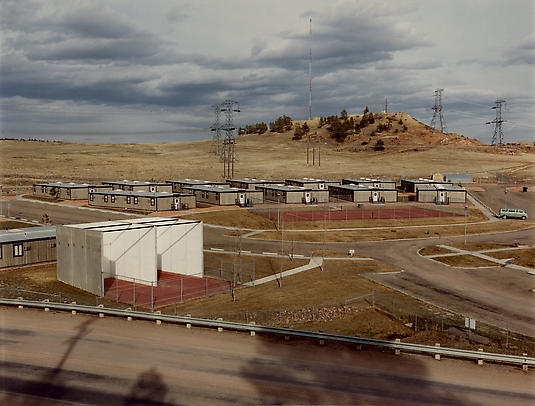
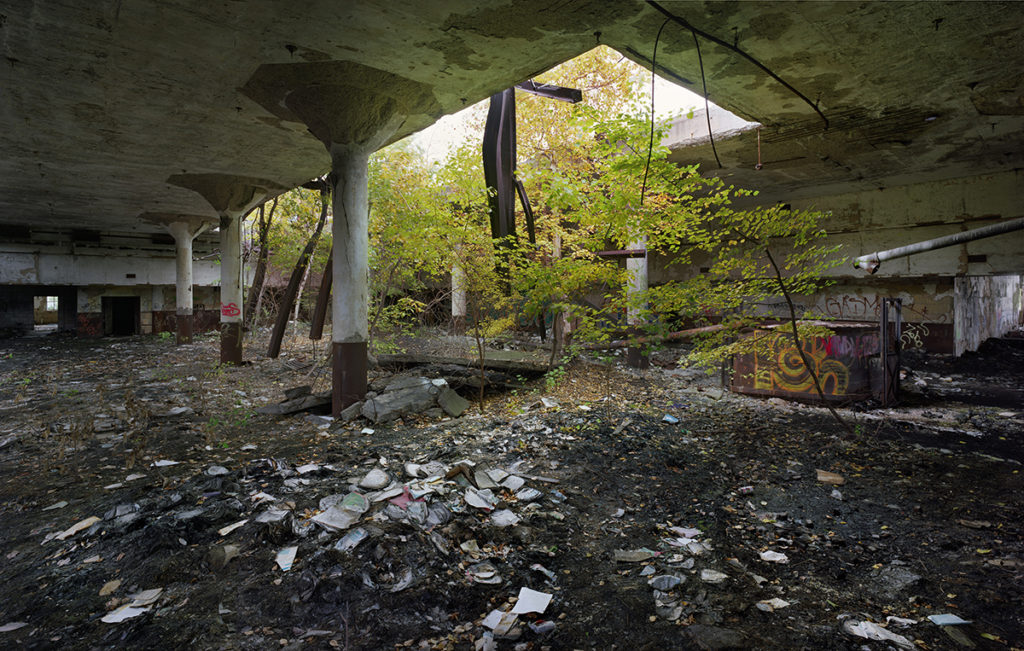
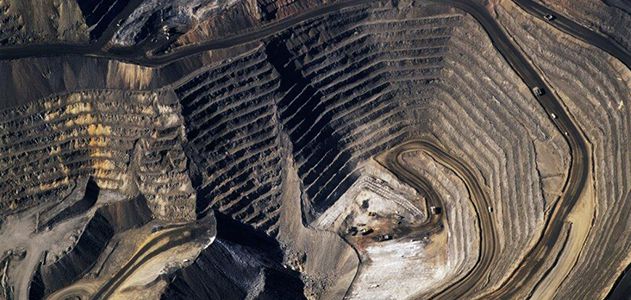
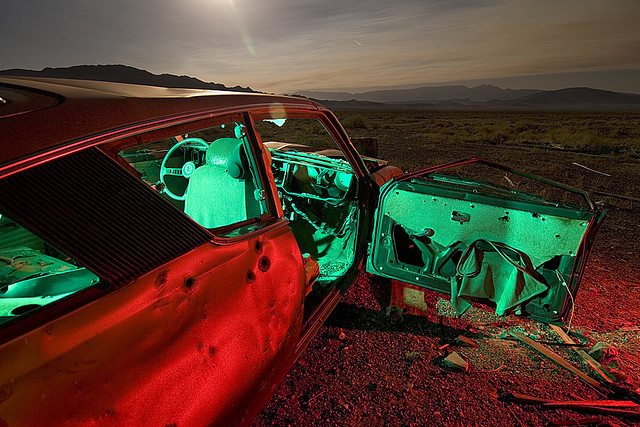
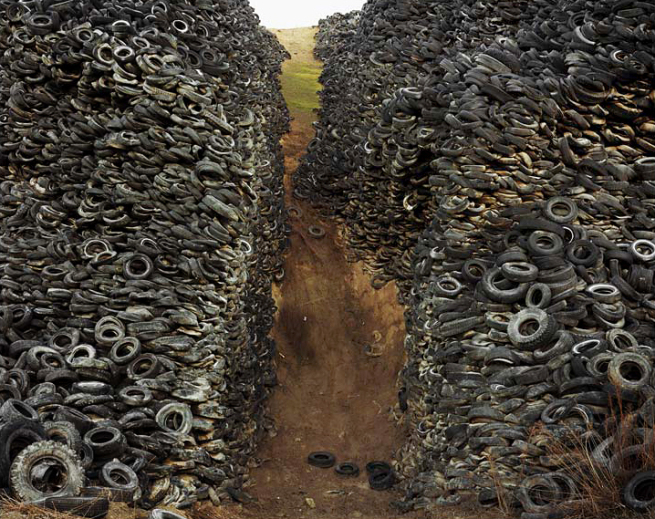
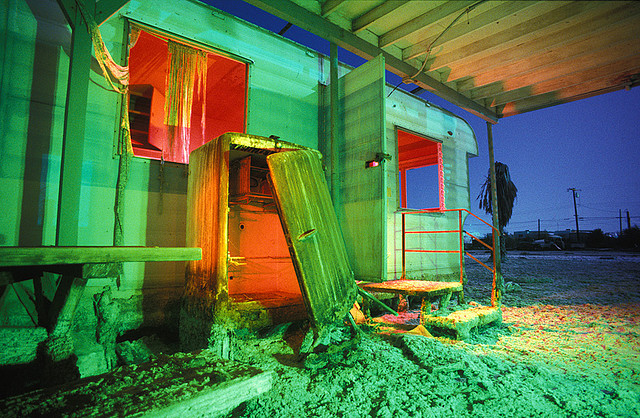
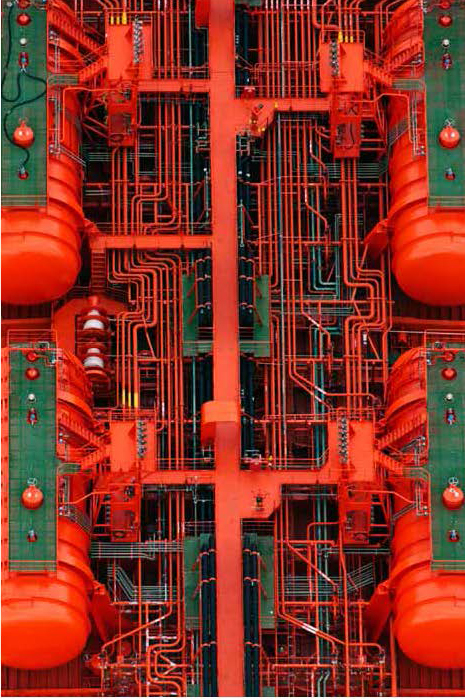


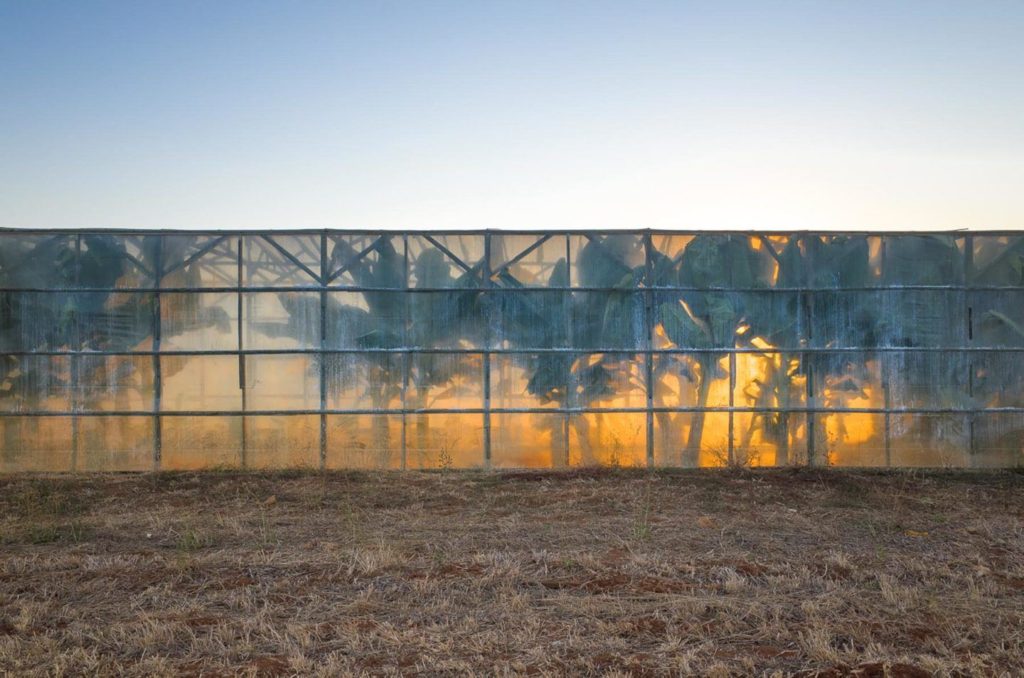

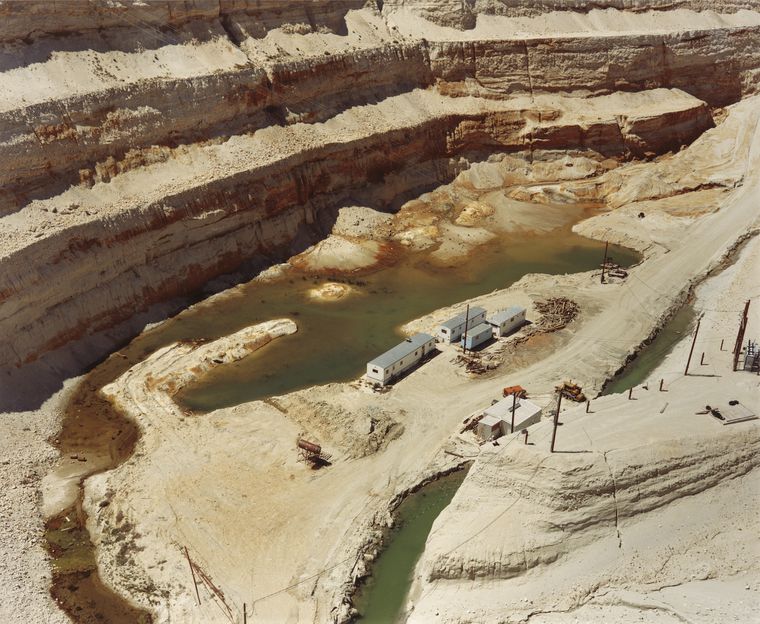

Obviously, you can also use past photographers we have looked at throughout the landscape unit, especially industrial and urban landscape photographers. (see below)
You can also use your skills to produce an object based project. Looking at how objects might reflect the theme of Anthropocene. ie: single use plastics, disposable objects, waste, rubbish etc.
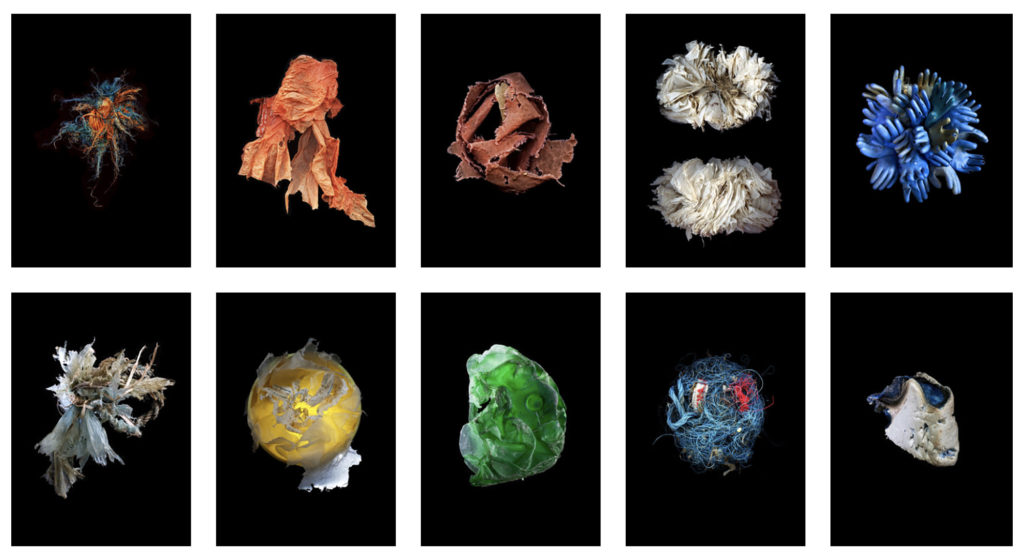
Barry Rosenthal – collection of discarded plastic objects.
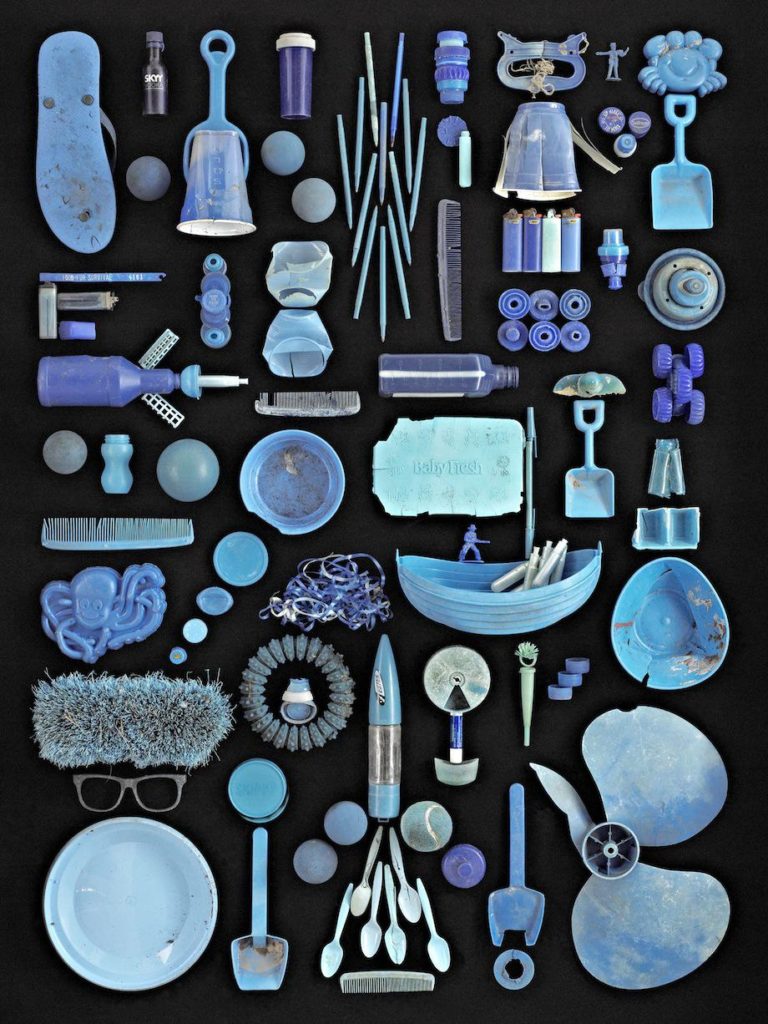
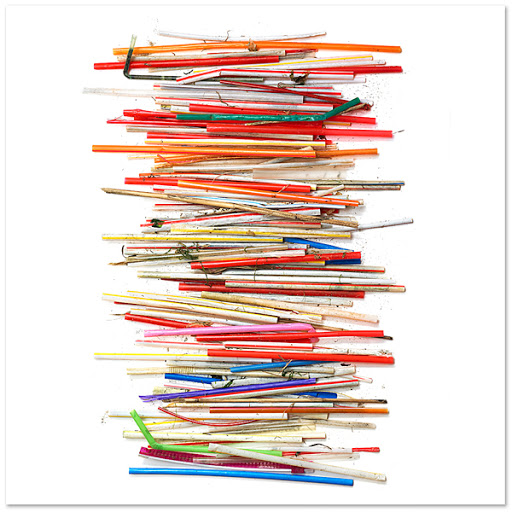
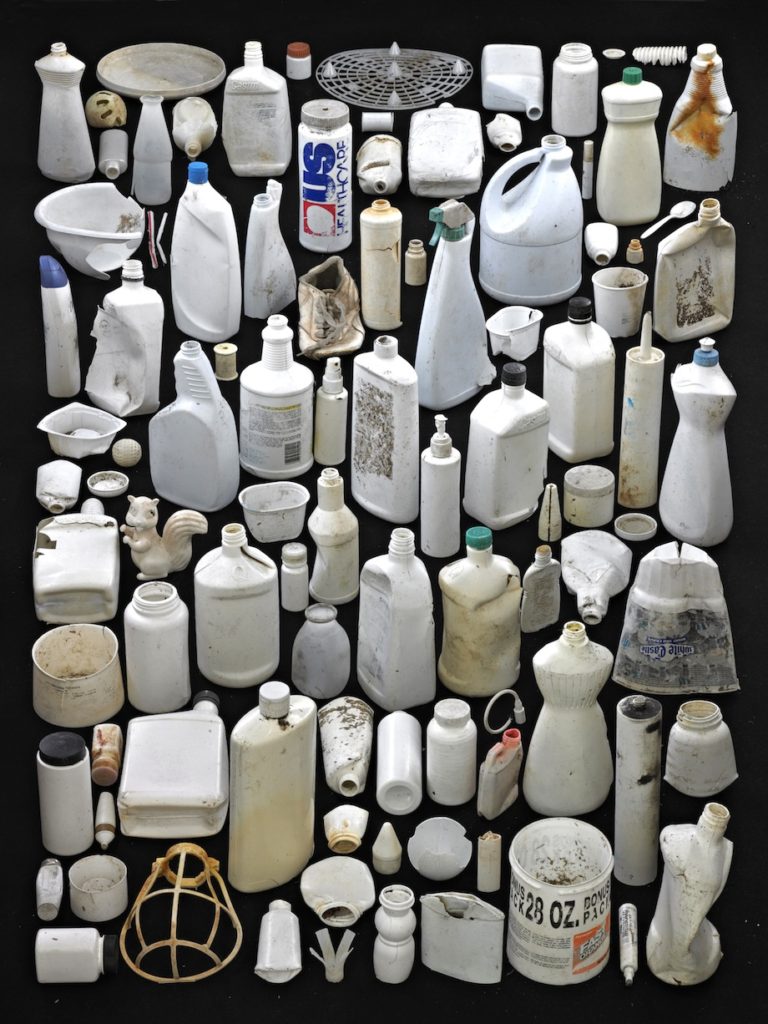
Jerremy Carroll – choked by plastics in the ocean.



Naomi White – beauty in plastic bags.
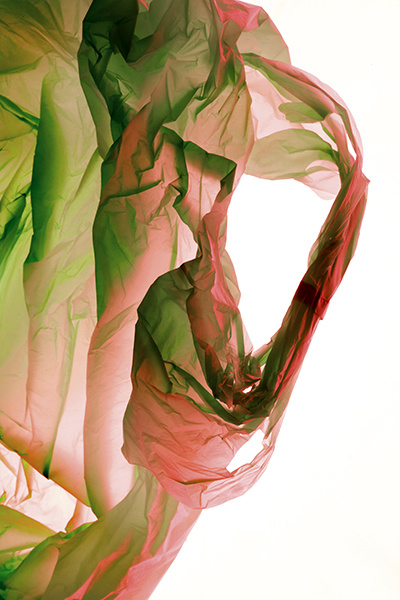
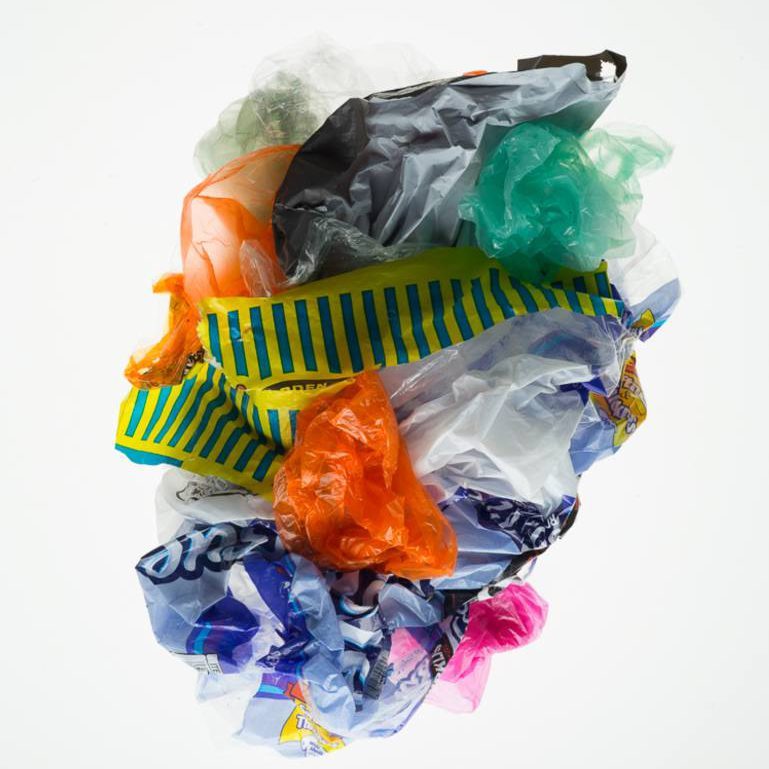
Sophie Thomas – found, discarded plastics/rubbish.
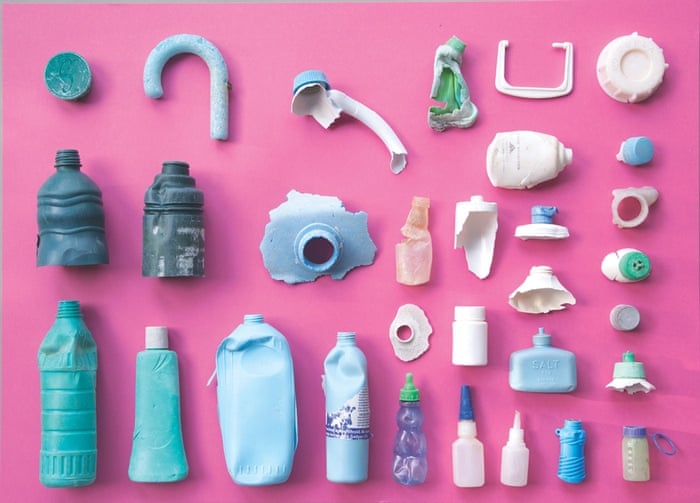

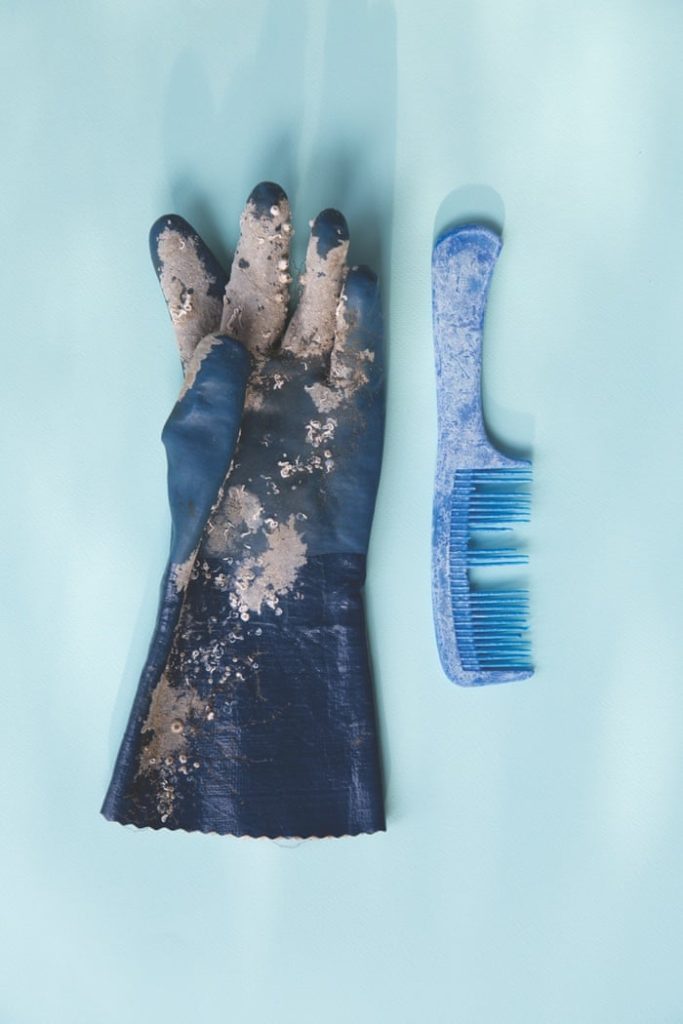
Steven Gallagher – plastic bag topology photography

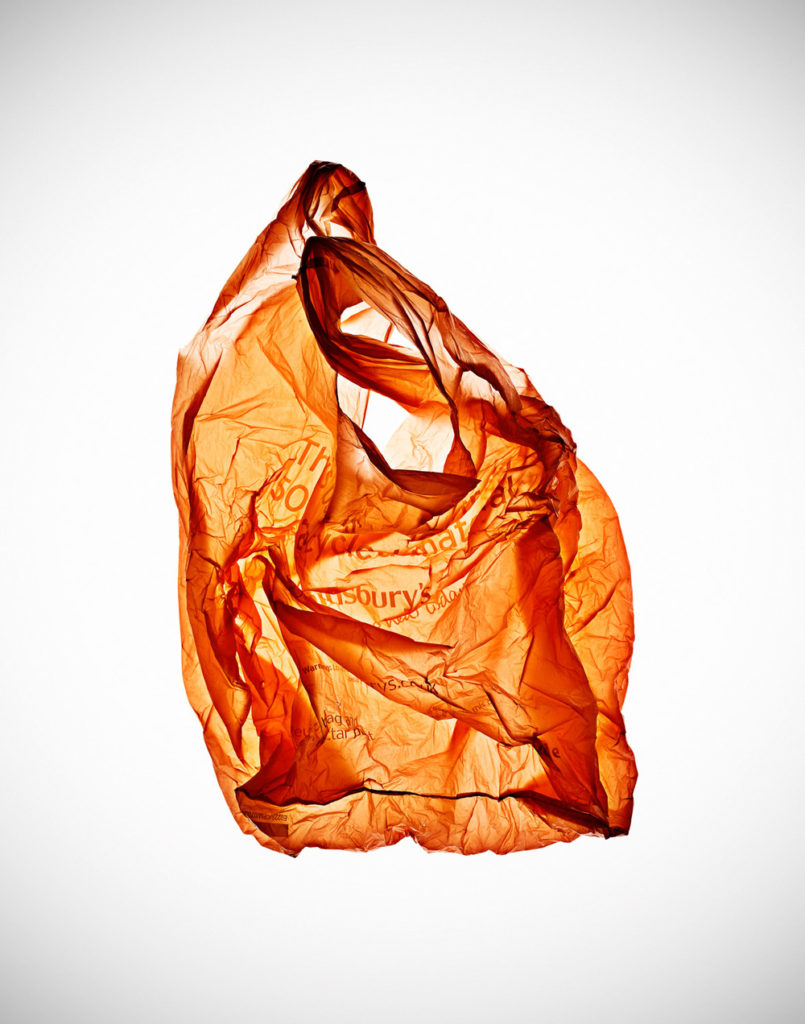
Mandy Baker – marine plastic debris
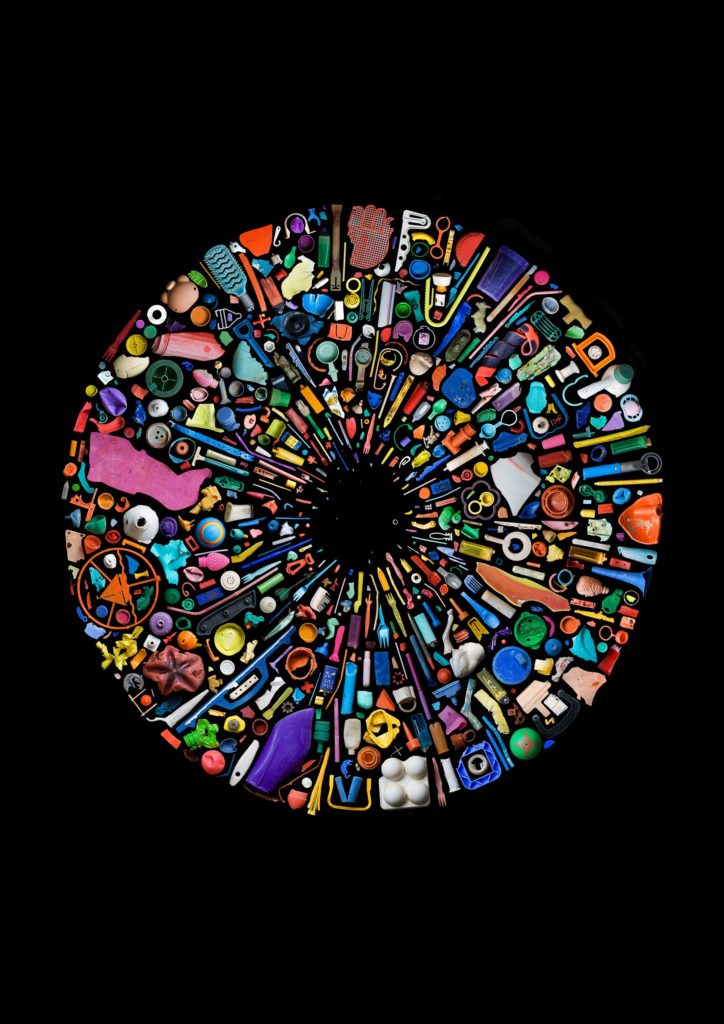

You might decide to explore Anthropocene through the genre of portraiture photography. How you do this is up to you? Below are some images that may challenge the viewer! Draw them into thinking about Anthropocene and how or what has been altered by human impact on Earth.
Craig McDean – coloured plastic/fashion portraits/masks

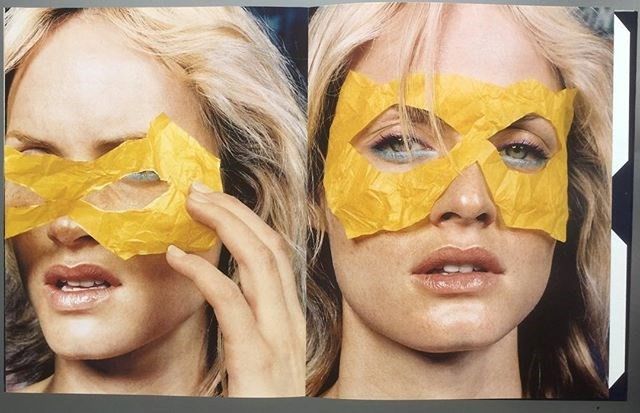
Nick Fancher – distorted vision/image
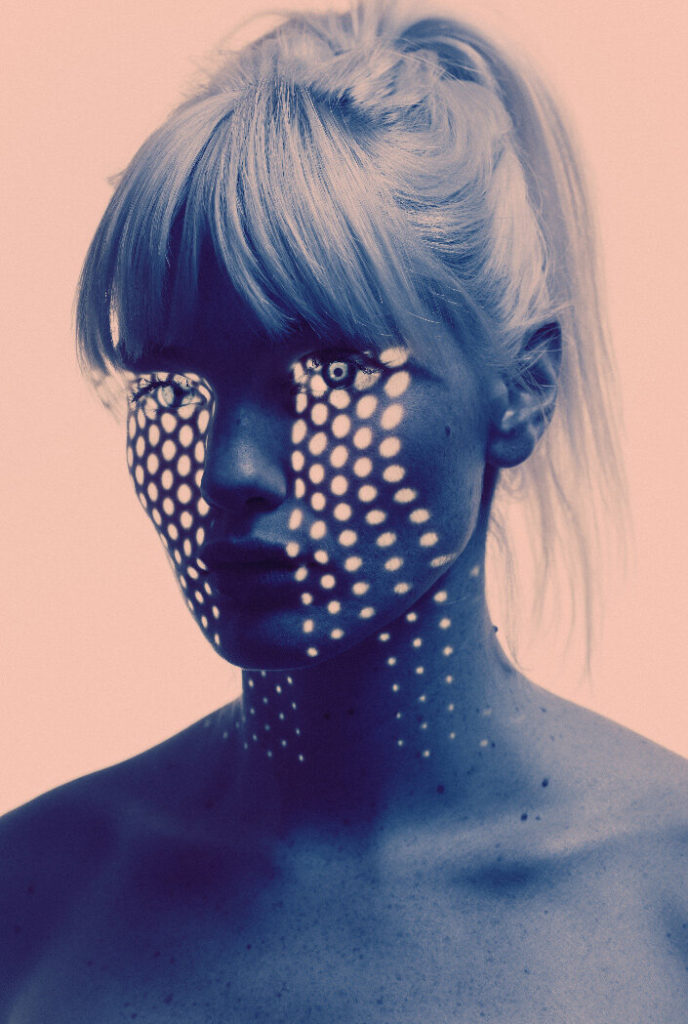


Vika Pobeda – fashion photographer using plastics as props

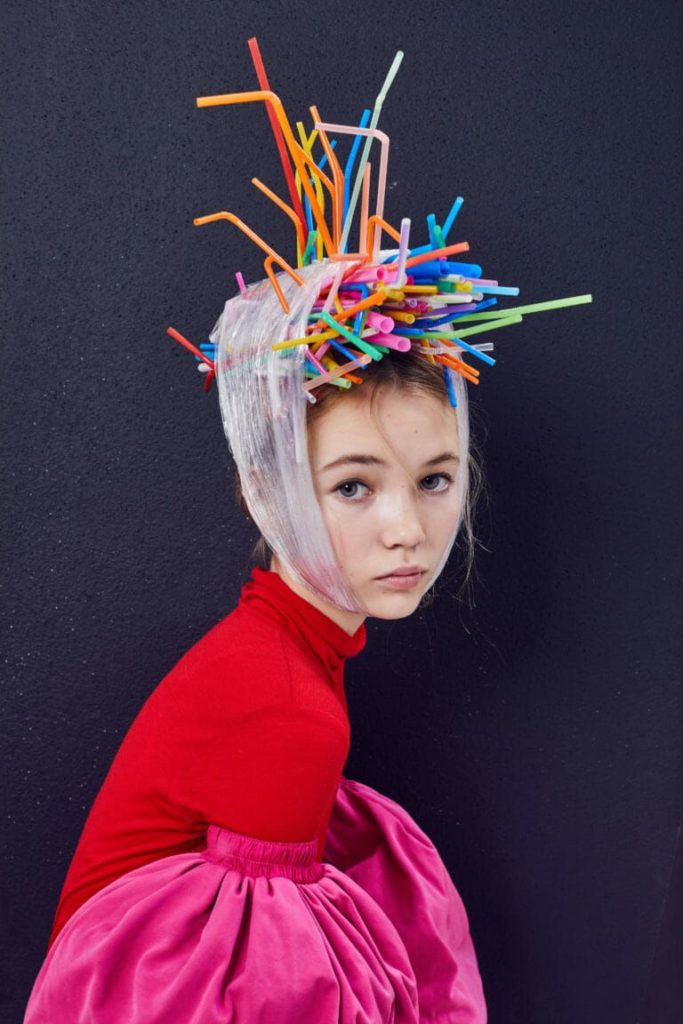
Darian Mederos – distorted view
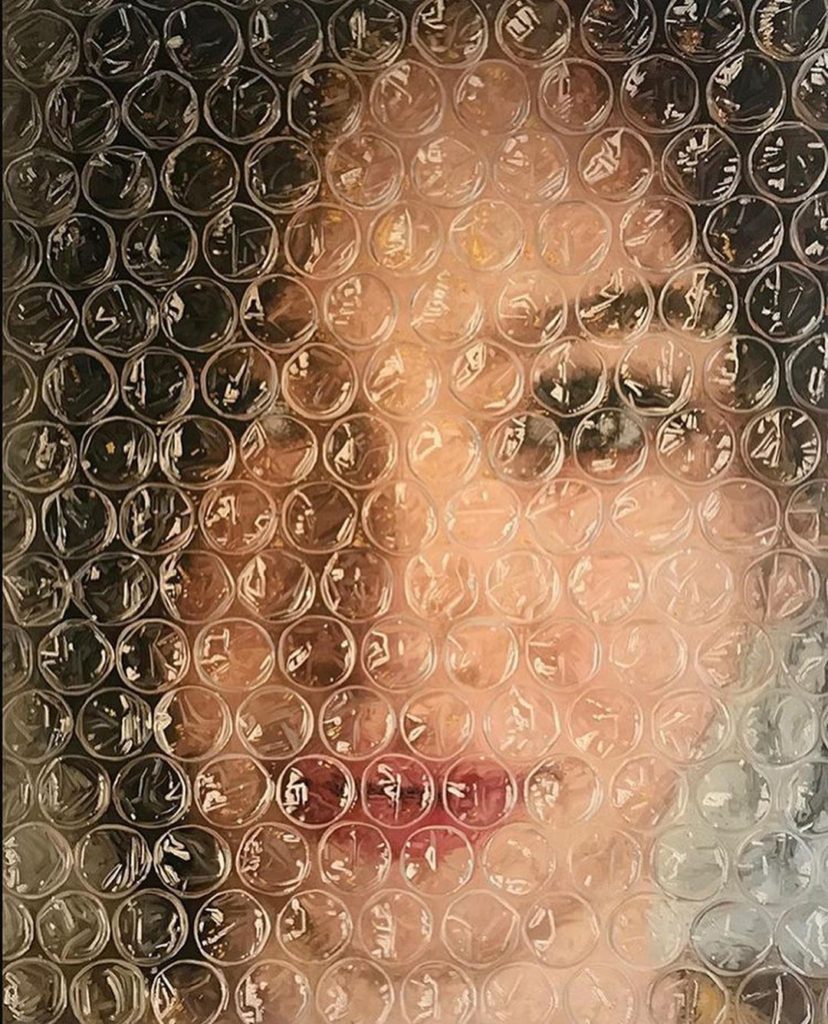

You may focus on and wish to respond through the genre of abstract photography. Look back to the photographers from your first unit or discover new ones. Below are just some images to help you to engage in the topic.
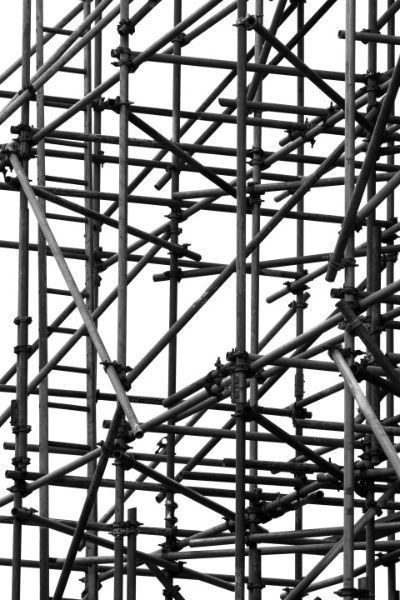


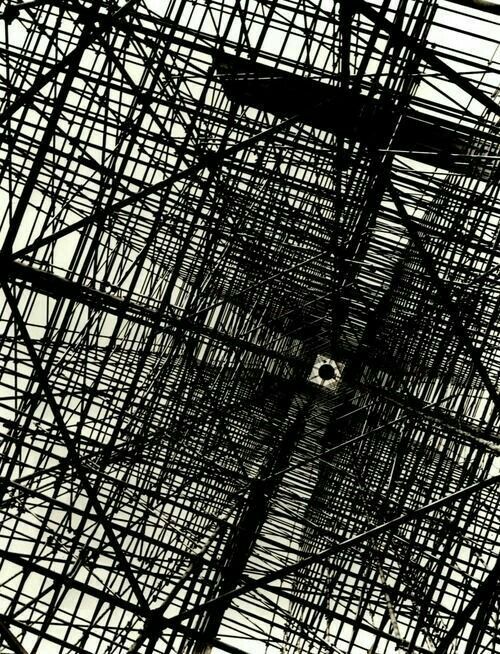
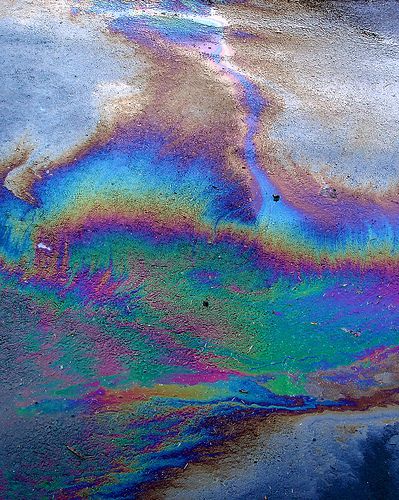

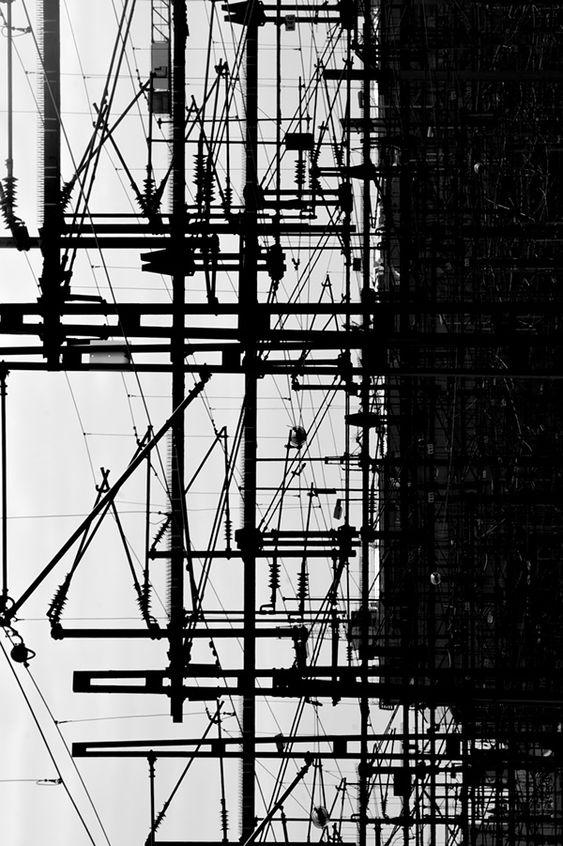


The Anthropocene defines Earth’s most recent geologic time period as being human-influenced, or anthropogenic, based on overwhelming global evidence that atmospheric, geologic, hydrologic, biospheric and other earth system processes are now altered by humans.
The word combines the root “anthropo”, meaning “human” with the root “-cene”, the standard suffix for “epoch” in geologic time.
What and where are you going to photograph and how you are going to take your images!!
Is it out and about, indoors, setting up your own lighting, collecting objects, photographing people, looking for abstract imagery etc.
Contacting Ronez quarry and gaining access to take photographs? Explore the industrial areas around La Collette – power station, recycling centre? The impact of farming on the land – plastic sheeting, poly tunnels etc, etc. Collecting washed up plastics from the beach. Asking family and friends to photograph them etc.
•Plastics •Open cast mining •Urbanisation (concrete jungle) •Deforestation •Mass Wastage •Non Recycling •Disposable Society (‘throw away’) •Land Erosion •Climate change •Over population •Poverty (social divides) Rich/Poor •Climate change •Ozone layer •Natural Resources (fossil fuels – oil/coal etc) •Industrialisation – POLLUTION air, ocean, light etc.
You may decide that you want to make a statement on the current situation in Jersey. Take images that may evoke discussions to do with over population, the housing crisis, social divides (rich/poor), securing National Park land etc, etc.
Below are helpful links:
Where in Jersey is it anthropogenic?
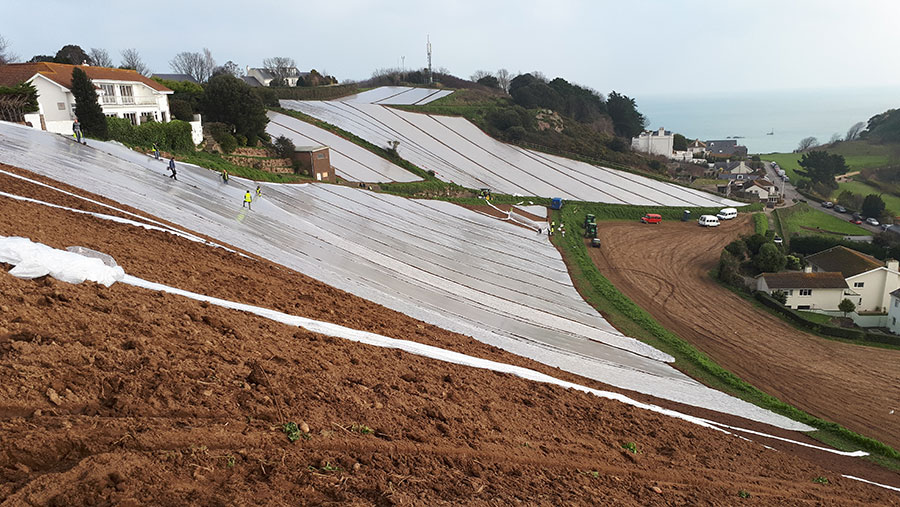
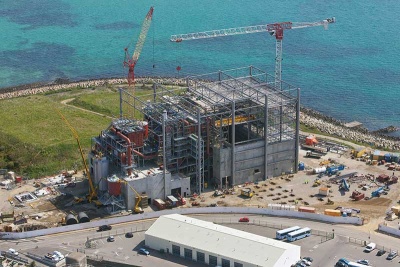
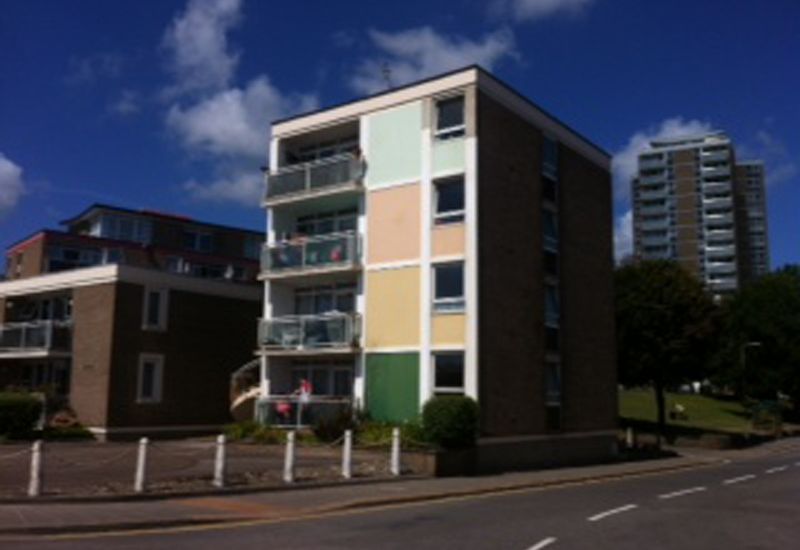

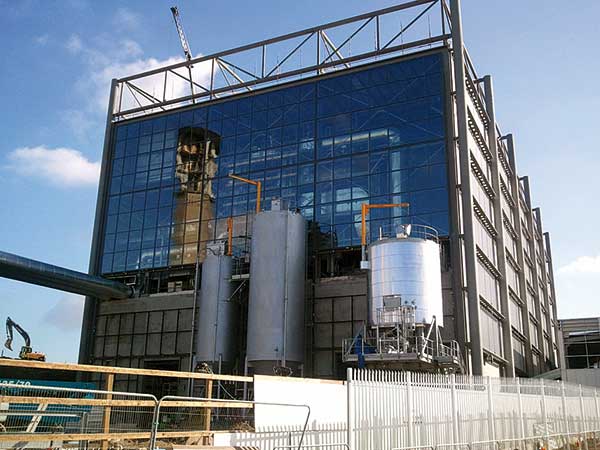


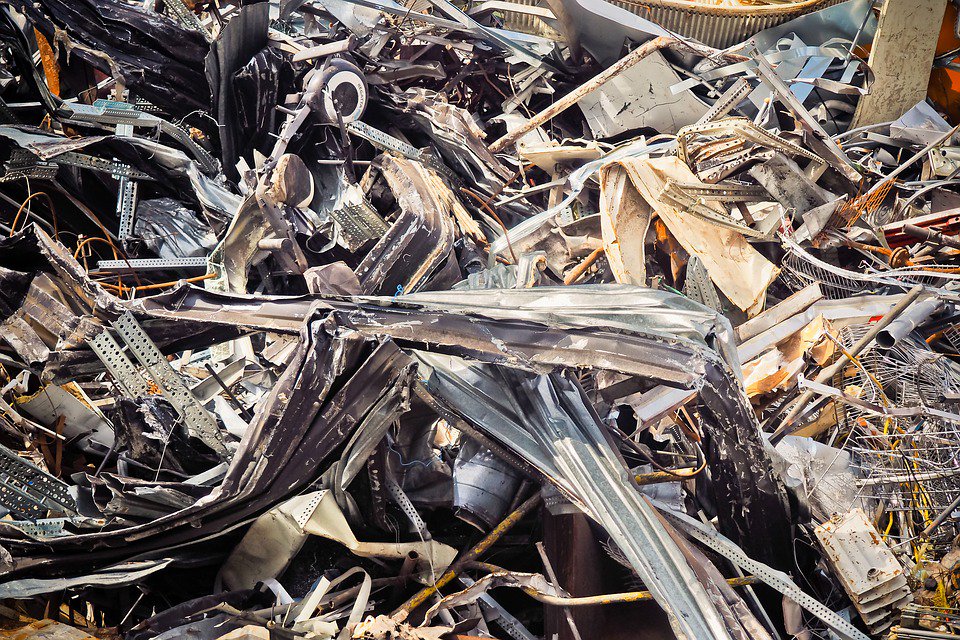
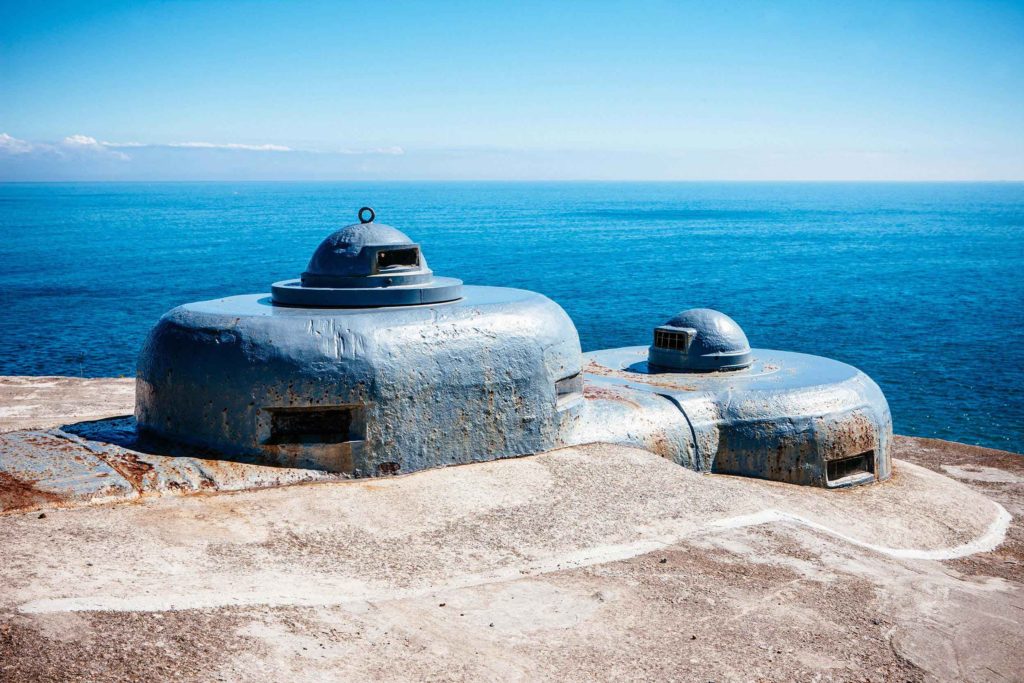
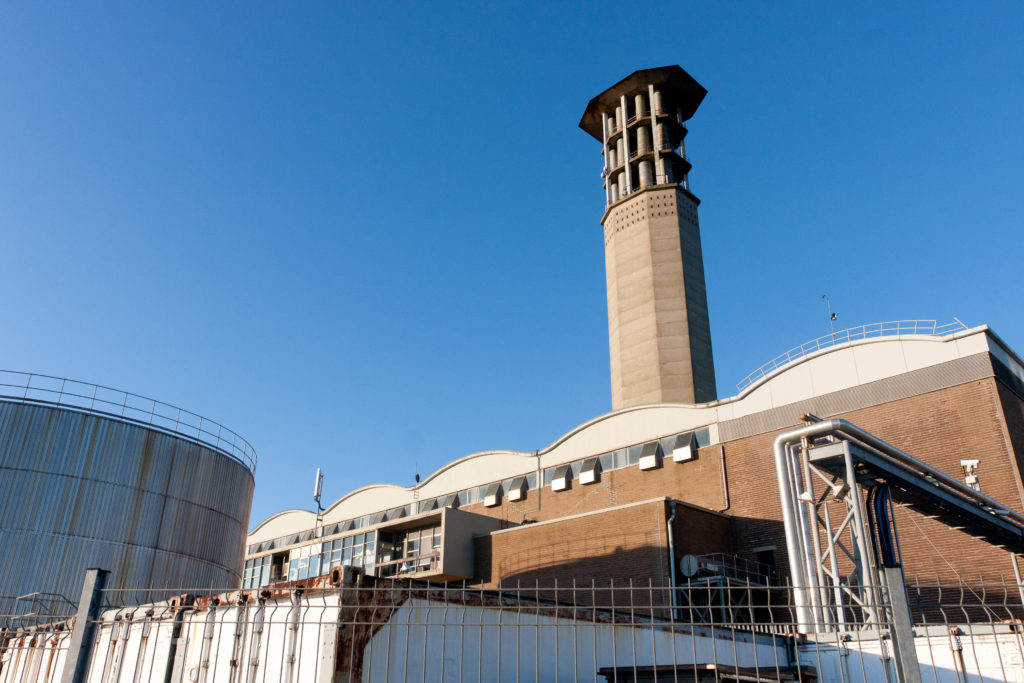

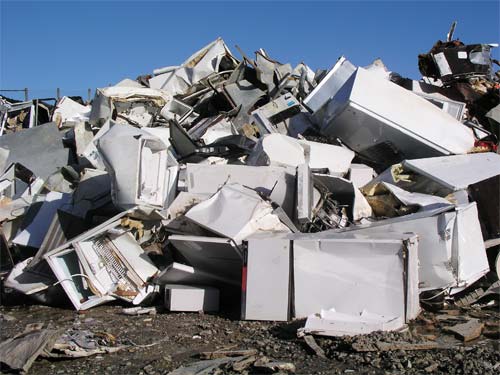

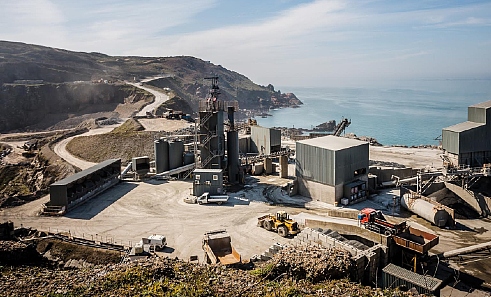
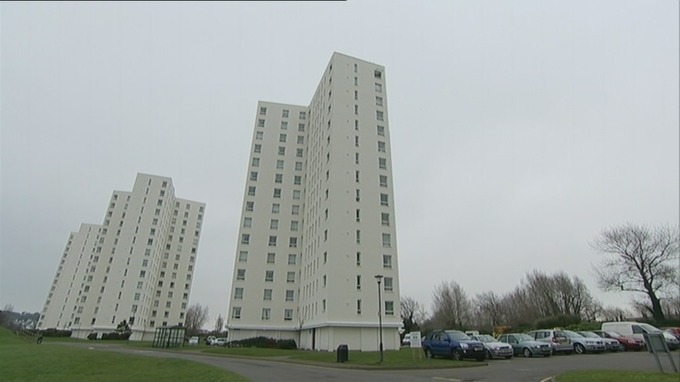





Altered landscapes focus on the process of using photoshop, or physically, in order to change the original composition of a landscape photograph. This may include changing the colours of the image, or in general changing the composition of the photo itself. For example cutting and pasting certain elements or adding forms of repetition or echo to the photograph.



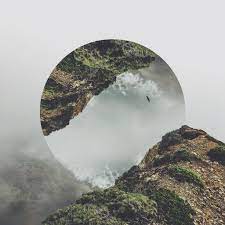
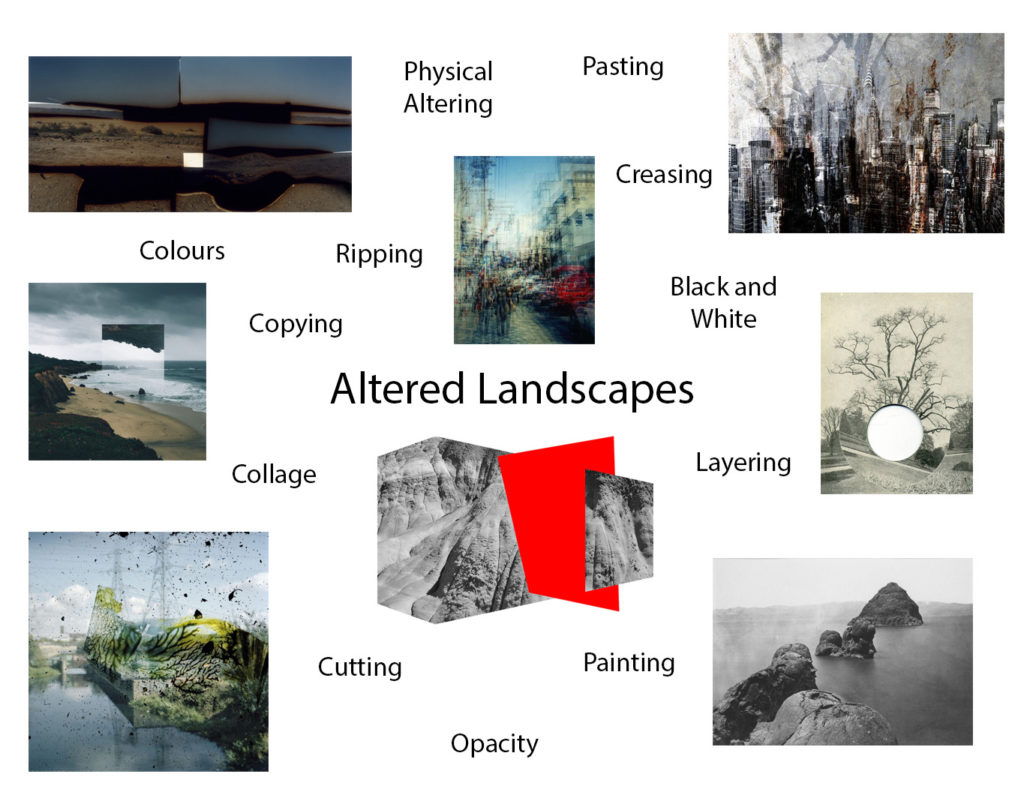
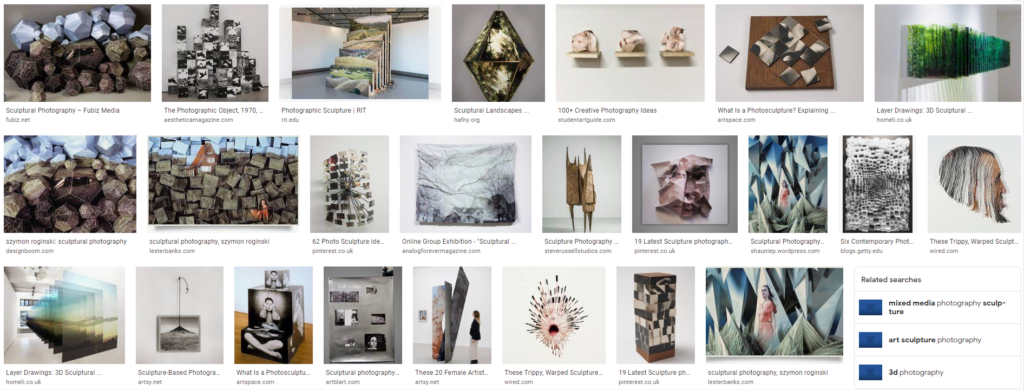
Follow the 10 Step Process and create multiple blog posts for each unit to ensure you tackle all Assessment Objectives thoroughly :

Introduction to Landscape Photography – 2 week project
Go to
M:DepartmentsPhotographyStudentsPlanners Y12 JACUnit 3 Sept-Dec Landscapes
for resource pack
We will be looking at Romanticism and The Sublime as a starting point and if you click here you will have a better understanding of some of the roots of landscape as a genre in contemporary photography….
The focus of your study and research is natural landscapes and the impact of ROMANTICISM and The Sublime in Landscape painting and then later, photography.
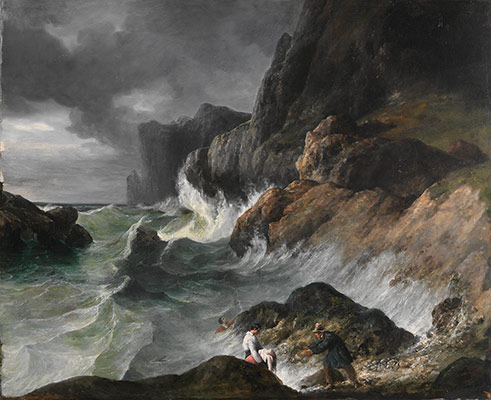
TIME PERIOD AND CONTEXT
The Age of The Enlightenment (1700-1800ish)
VS
The Age of Romanticism (1800-1900ish)
“Writers and artists rejected the notion of the Enlightenment, which had sucked emotion from writing, politics, art, etc. Writers and artists in the Romantic period favored depicting emotions such as trepidation, horror, and wild untamed nature.”
“The ideals of these two intellectual movements were very different from one another. The Enlightenment thinkers believed very strongly in rationality and science. … By contrast, the Romantics rejected the whole idea of reason and science. They felt that a scientific worldview was cold and sterile.”


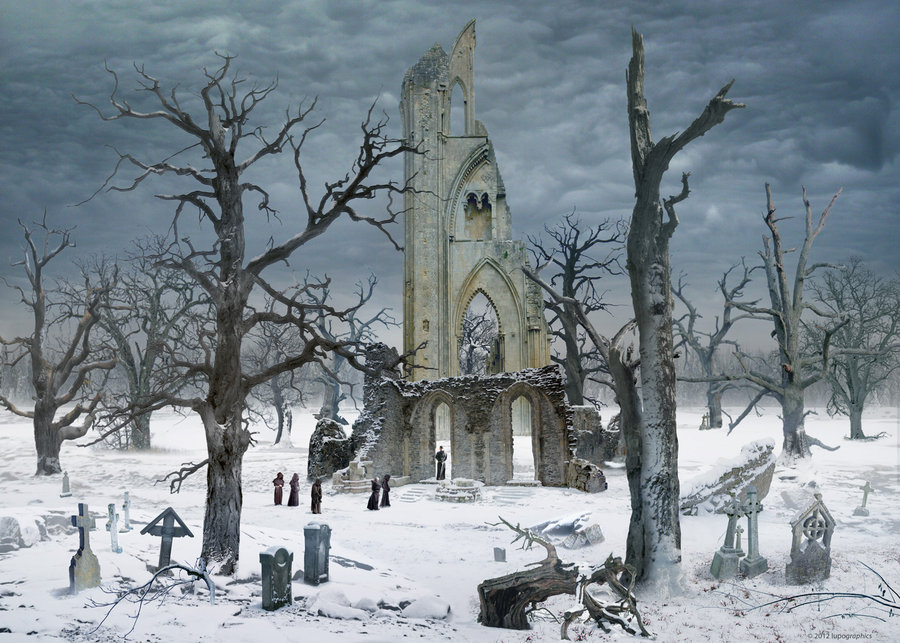
PAINTING VS PHOTOGRAPHY
Roger Fenton, inspired by nature and romanticism revisited a spot in Wales where previously the painter Samuel Palmer had been inspired by the natural beauty of this river valley.
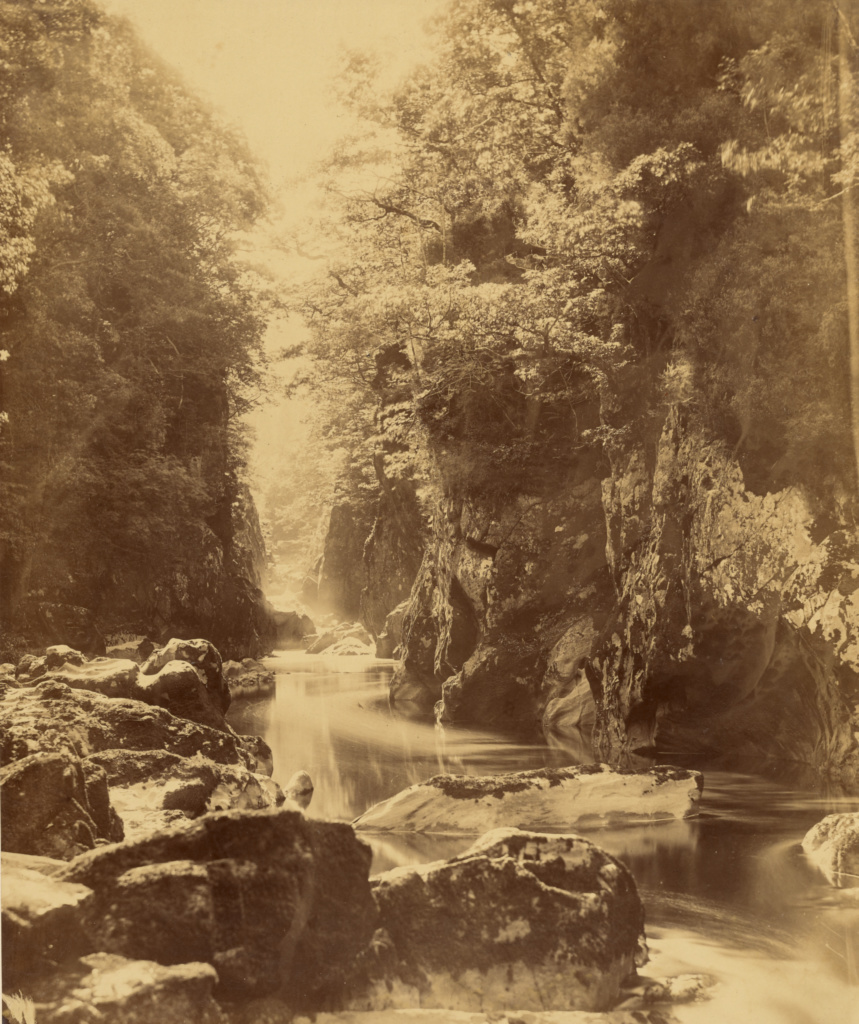


Valley of the Shadow of Death is also a photograph by Roger Fenton, taken on April 23, 1855, during the Crimean War. It is one of the most well-known images of war…most likely staged too and is in stark contrast to the example above. Exaggerating and exploiting the surroundings are a key part of creating dramatic imagery…
Carelton E. Watkins (1829–1916)



“…it is hard to consider the birth of the environmental movement without mentioning Watkins and the rippling, far-reaching influence of his 1861 images of Yosemite. All that came after – Lincoln’s signing of the Yosemite grant, Muir’s nature writing, the founding of conservation groups such as the Sierra Club – can be traced back to the intake of breath when his images were seen for the first time.”
20th Century 1900 —
Ansel Adams
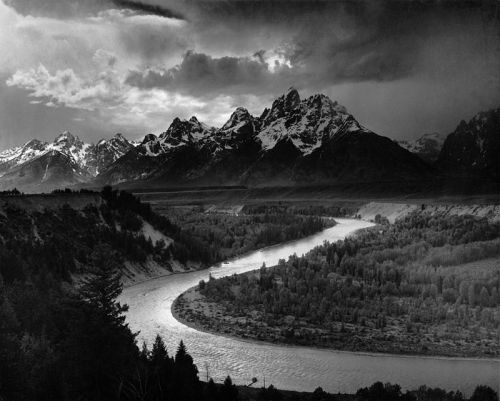
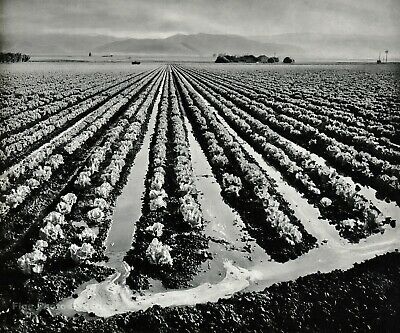



Ansel Easton Adams was an American landscape photographer and environmentalist known for his black-and-white images of the American West. He helped found Group f/64, an association of photographers advocating “pure” photography which favored sharp focus and the use of the full tonal range of a photograph…even creating a Zonal System to ensure that all tonal values are represented in the images. Ansel Adams was an advocate of environmental protection, national parks and creating an enduring legacy of responses to the power of nature and sublime conditions…
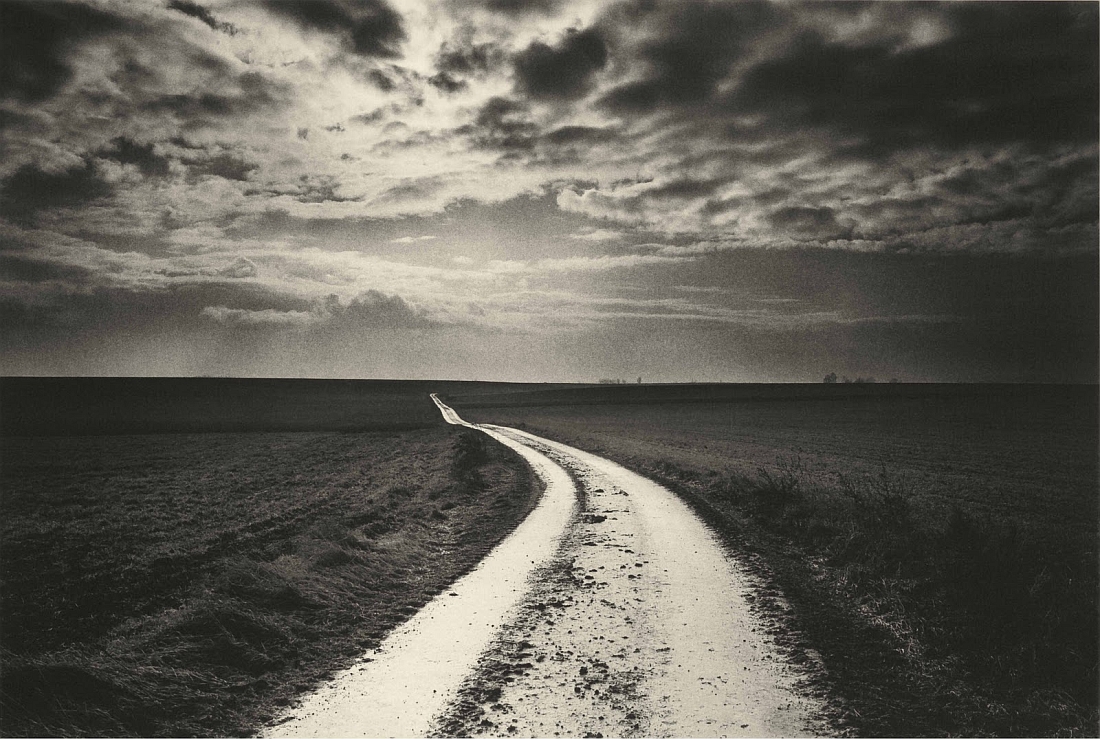
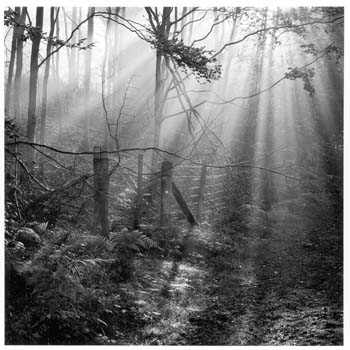
RURAL LANDSCAPE PHOTOGRAPHERS
Wynn Bullock
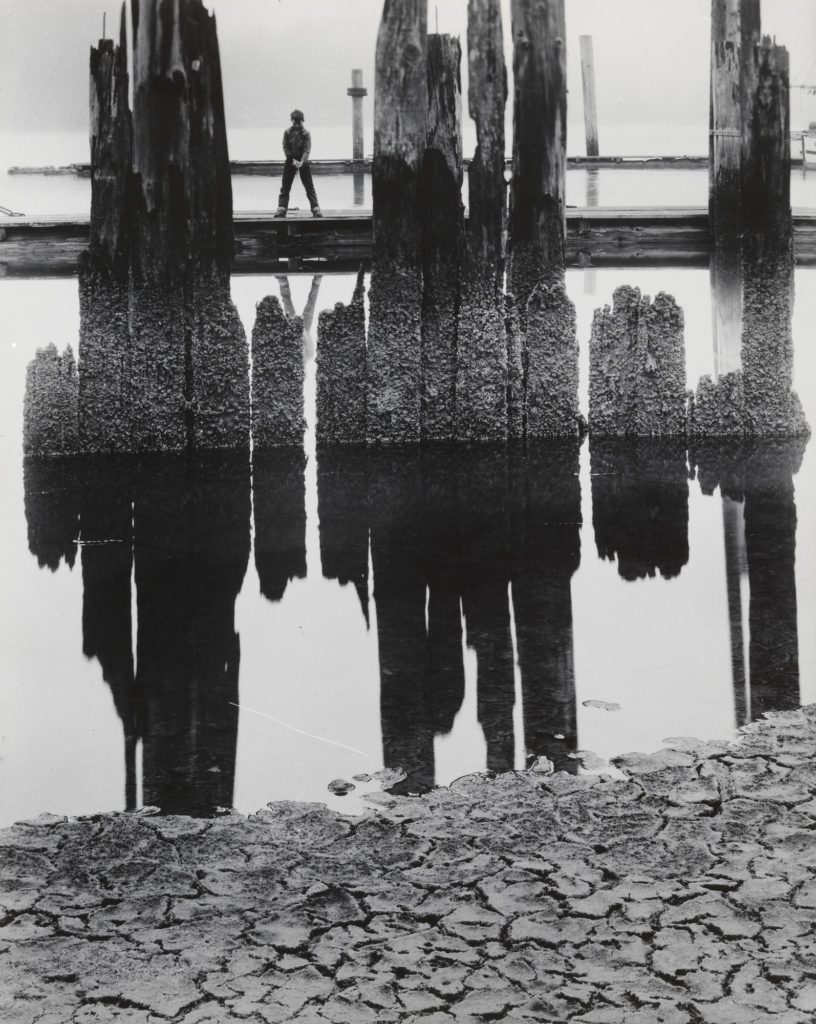


Fay Godwin
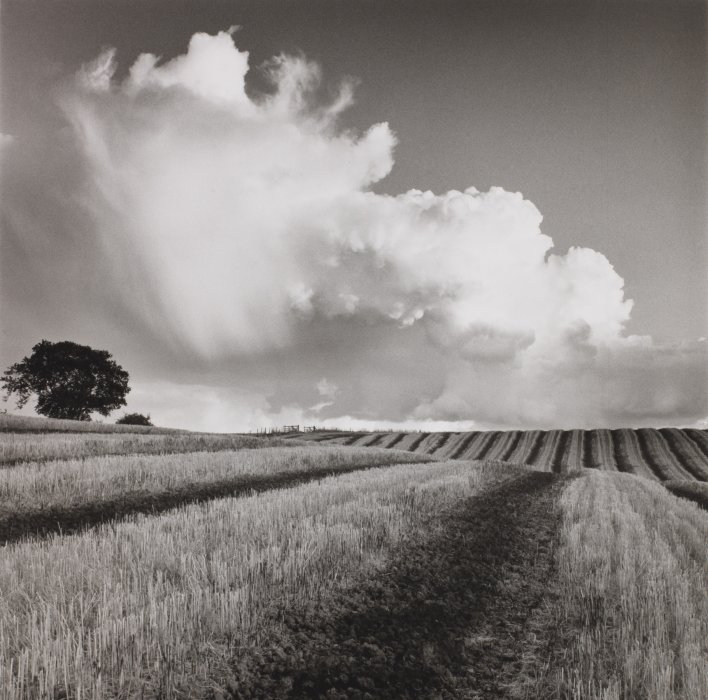




Edward Weston
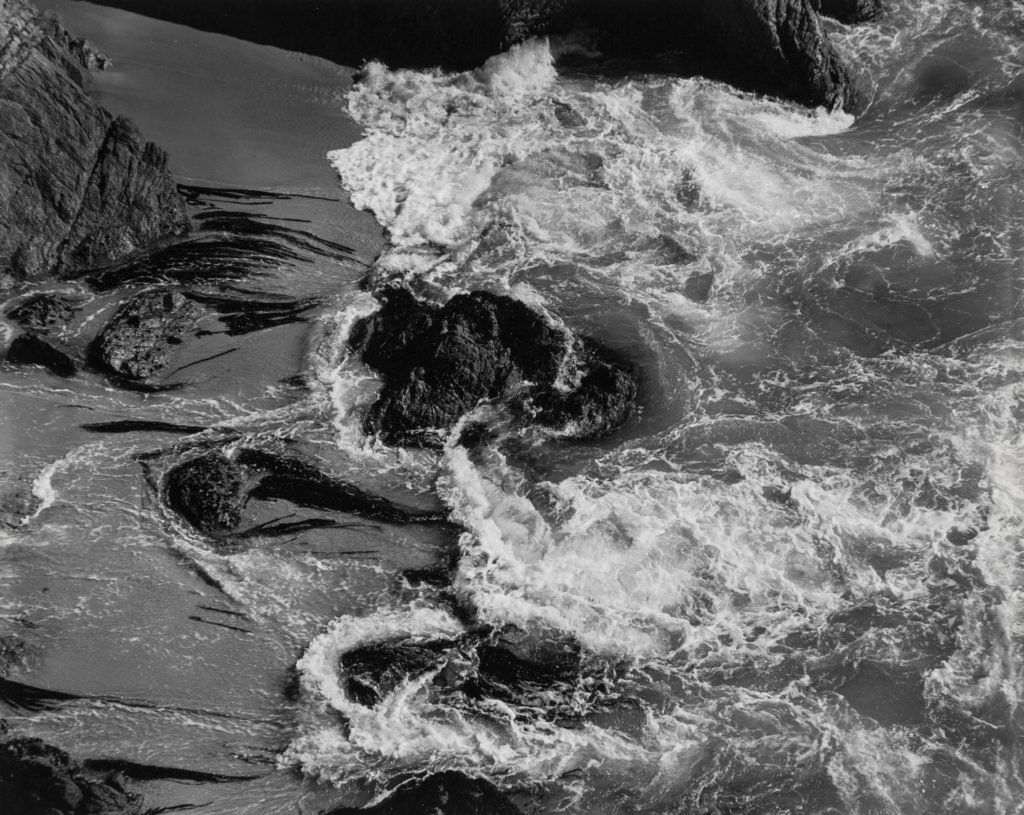
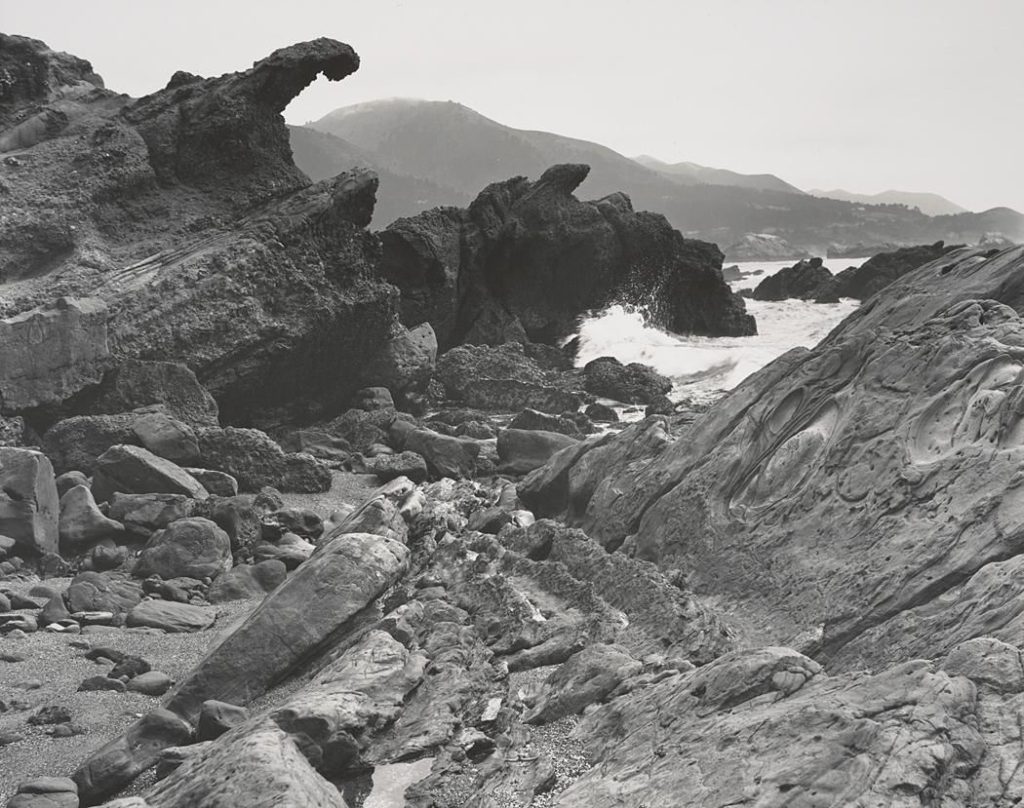

Minor White



Don McCullin



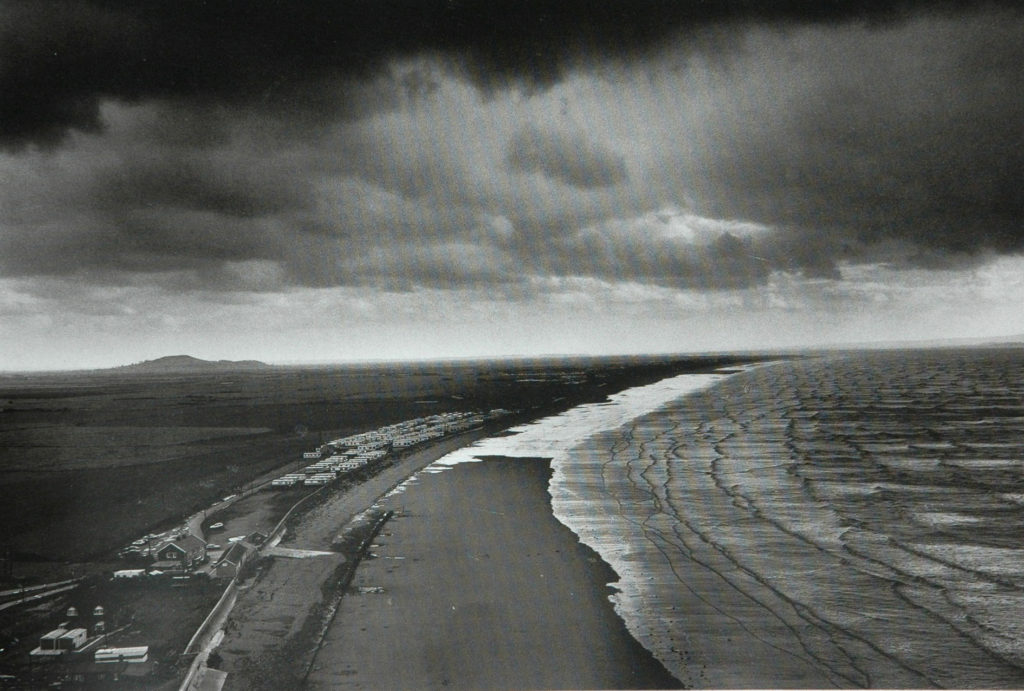
Eliot Porter



Jem Southam

BLOG POSTS to complete…
3. Create a blog post that defines and explains what Romanticism is in Landscape Photography…include examples and make reference to Romanticism in other art-forms eg painting. Discuss the notion of the sublime and the picturesque.
4. Create a mind-map / mood-board of potential locations around Jersey that you could record and create romanticized landscape photographs of….look for extremes (either calm or wild, derelict, desolate, abandoned or stormy, battered and at the mercy of nature)
AIM to photograph the coastline, the sea, the fields, the valleys, the woods, the sand dunes etc.
USE the wild and dynamic weather and elements to help create a sense of atmosphere, and evoke an emotional response within your photo assignment.
PHOTOGRAPH before dark, at sunset or during sunrise…and include rain, fog, mist, ice, wind etc in your work
LOOK for LEADING LINES such as pathways, roads etc to help dissect your images and provide a sense of journey / discovery to them.
5. Take 150-200 photos of romanticised rural landscapes. . Add your edited selective contact sheets / select your best 3-5 images / include edits and screen shots to show this process. |Ensure you include both monochrome and colour examples.
6. Produce comparative analysis between one of your images and a landscape photographer – discuss similarities and differences.
REMEMBER you MUST use TECHNICAL / VISUAL / CONTEXTUAL / CONCEPTUAL to analyse effectively.

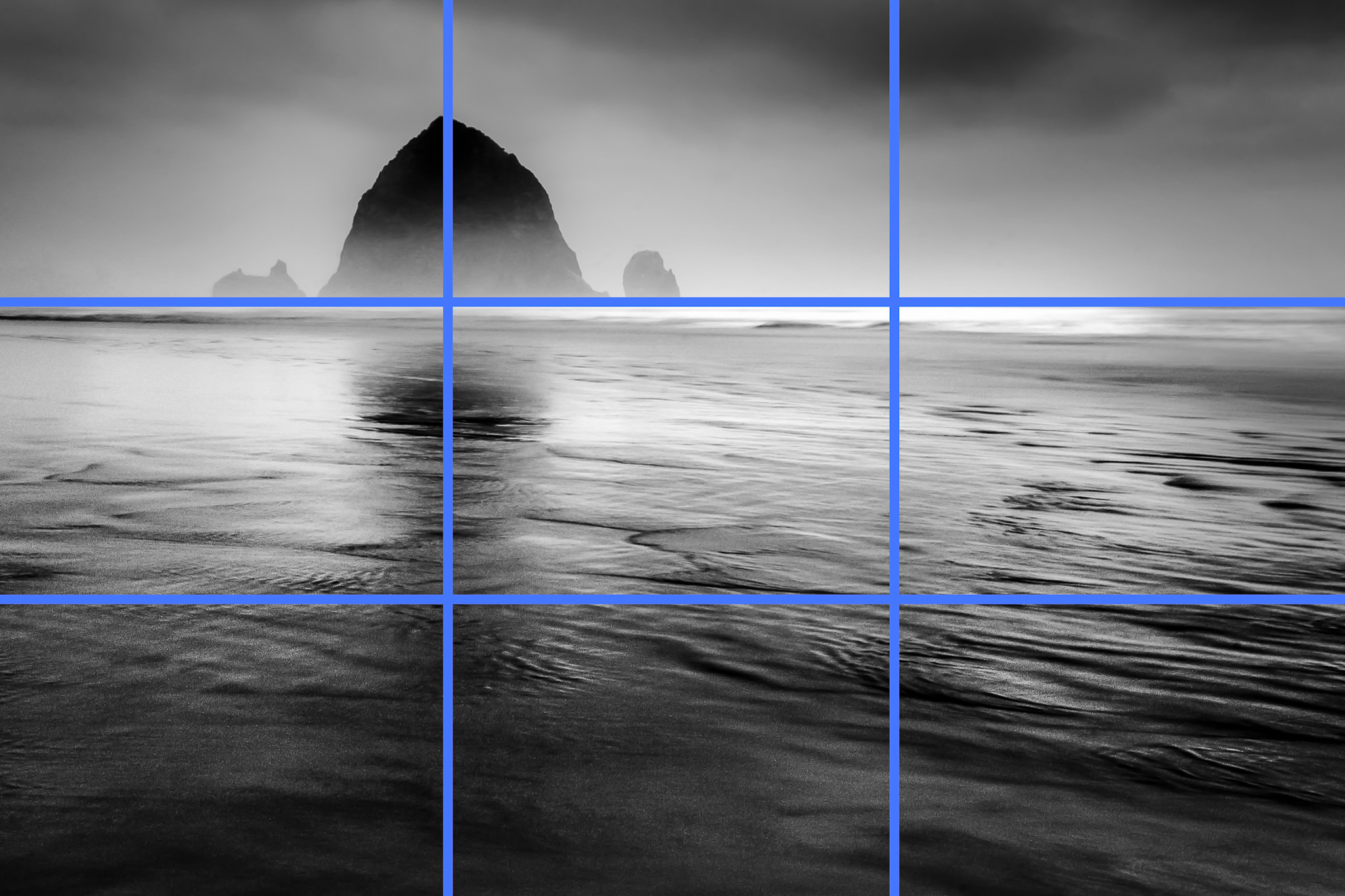

https://petapixel.com/2016/09/14/20-composition-techniques-will-improve-photos/
Exposure bracketing means that you take two more pictures: one slightly under-exposed (usually by dialing in a negative exposure compensation, say -1/3EV), and the second one slightly over-exposed (usually by dialing in a positive exposure compensation, say +1/3EV), again according to your camera’s light meter.
TASK : try a few variation of exposure bracketing to create the exposures that you want…you may already have pre-sets on your phone or camera to help you do this, but experimenting manually will help your understanding!
Many digital cameras include an Auto Exposure Bracketing (AEB) option. When AEB is selected, the camera automatically takes three or more shots, each at a different exposure. Auto Exposure Bracketing is very useful for capturing high contrast scenes for HDR like this…
…by taking the same photograph with a range of different exposure settings
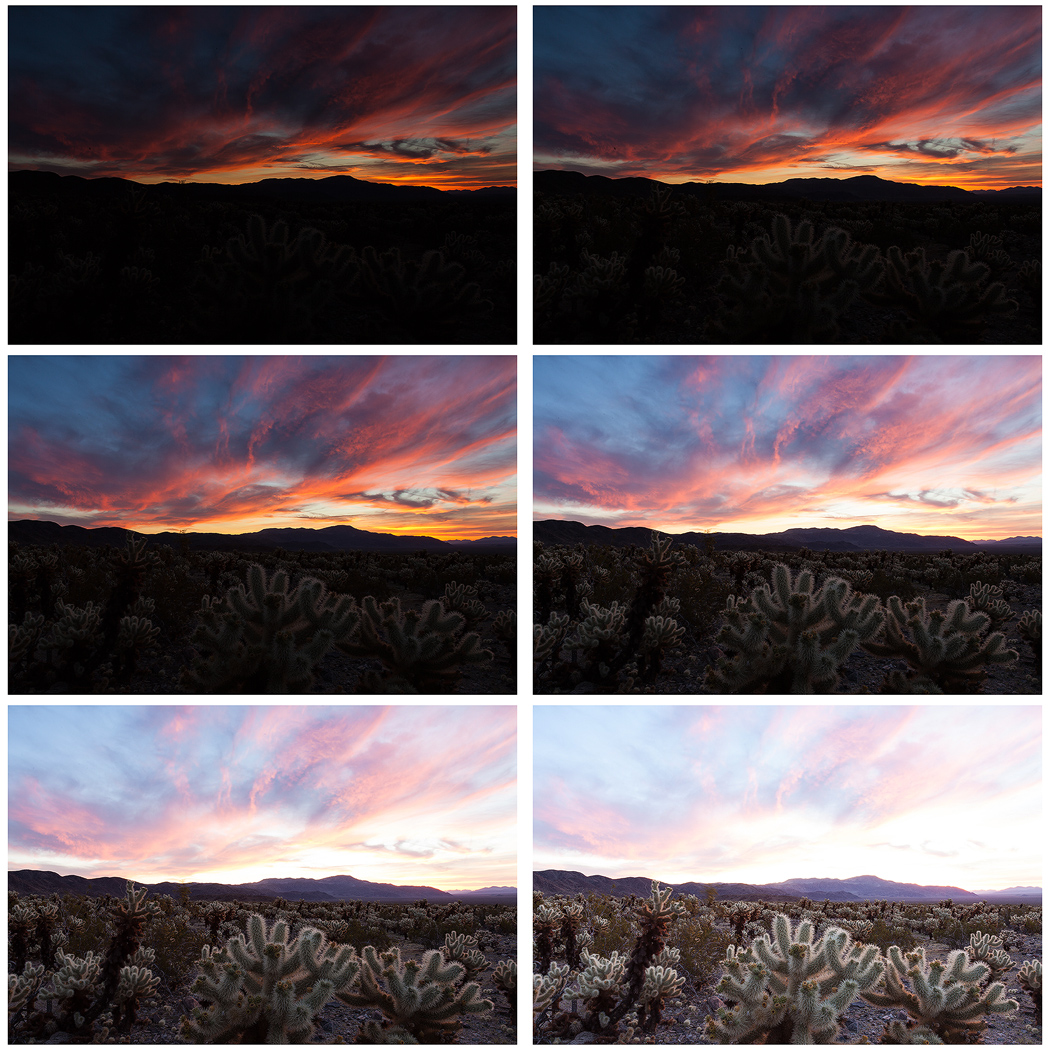
You can use Exposure Compensation to quickly adjust how light or how dark your exposure will be using these controls…
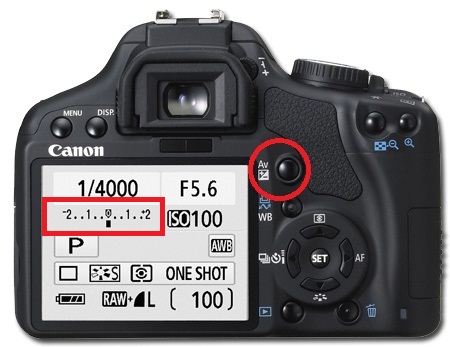

PAST WORK
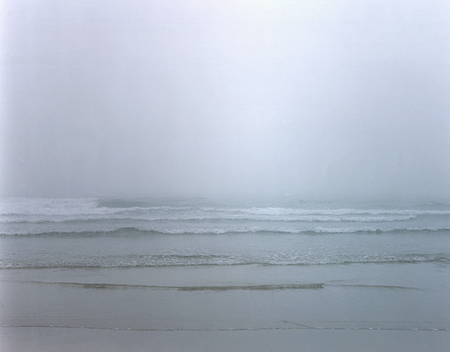
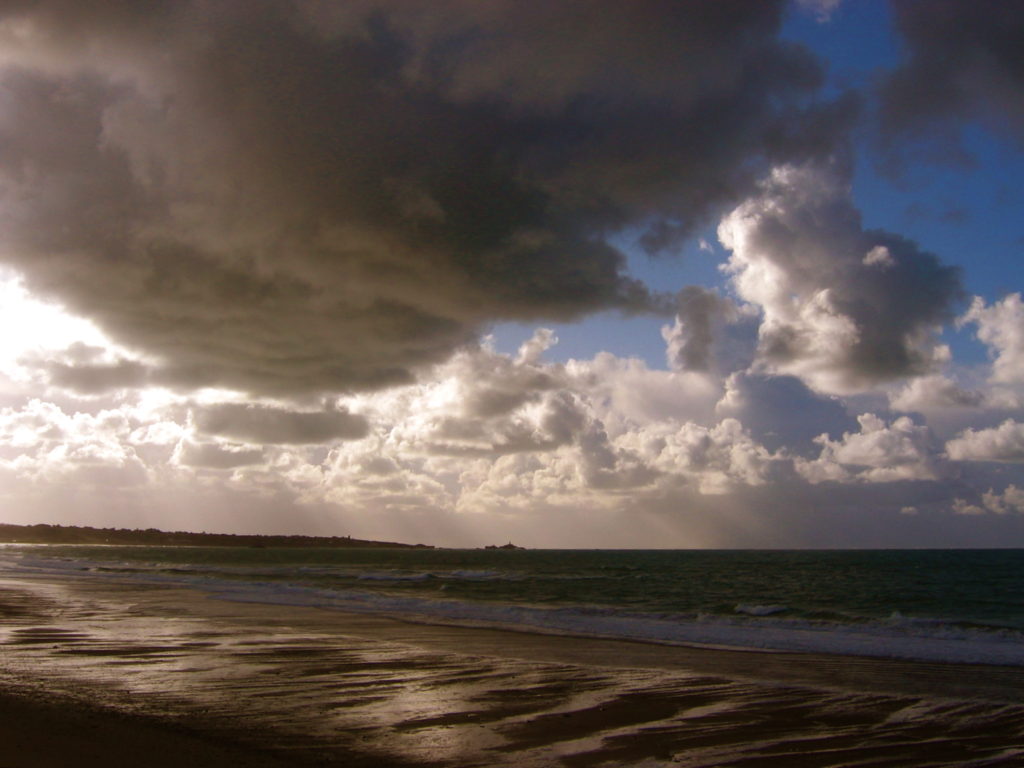
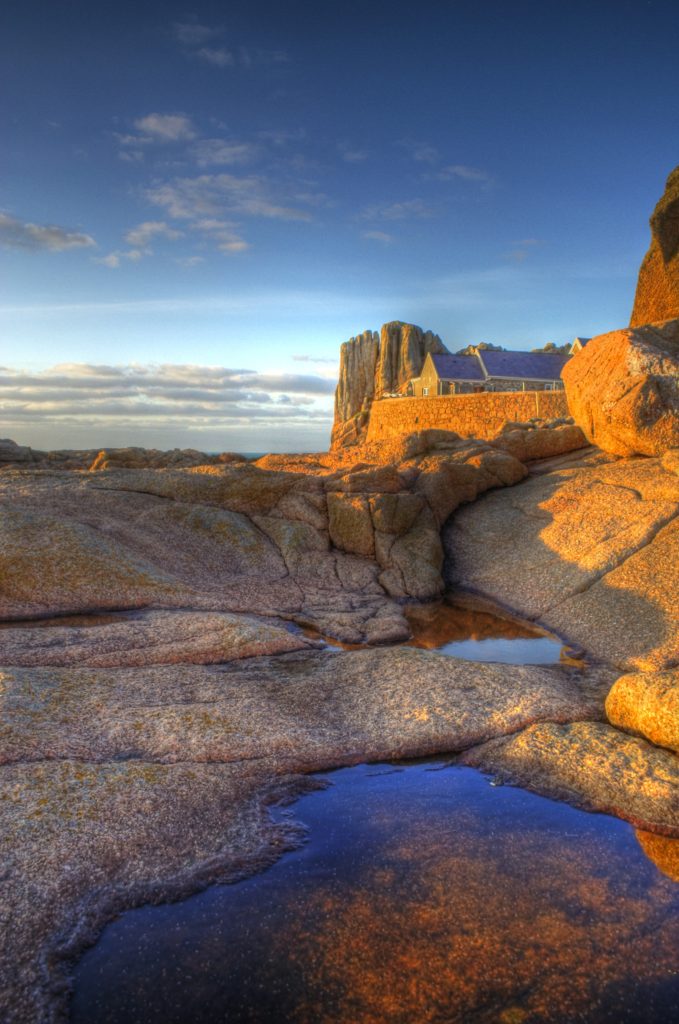
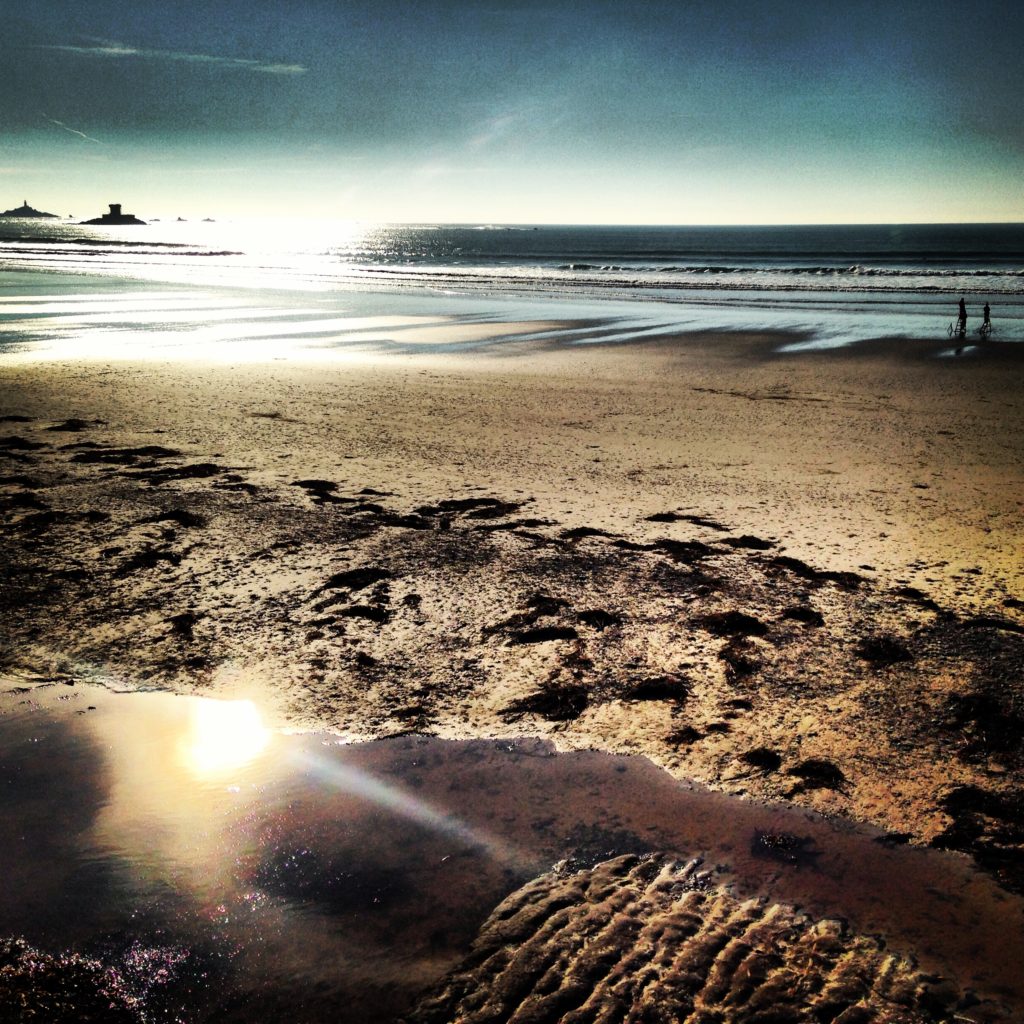
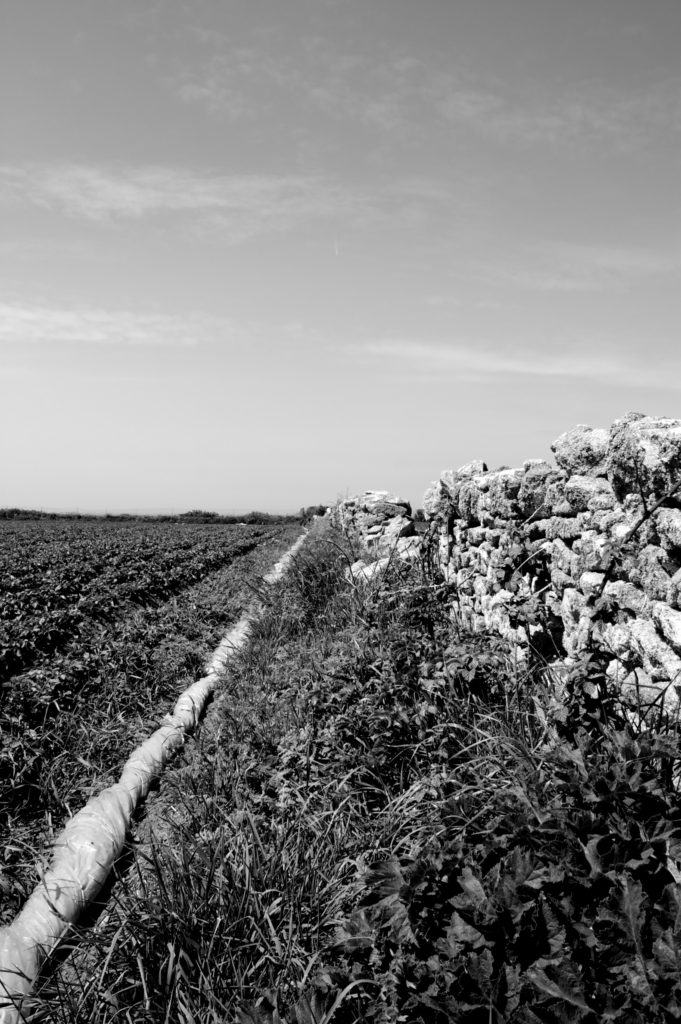
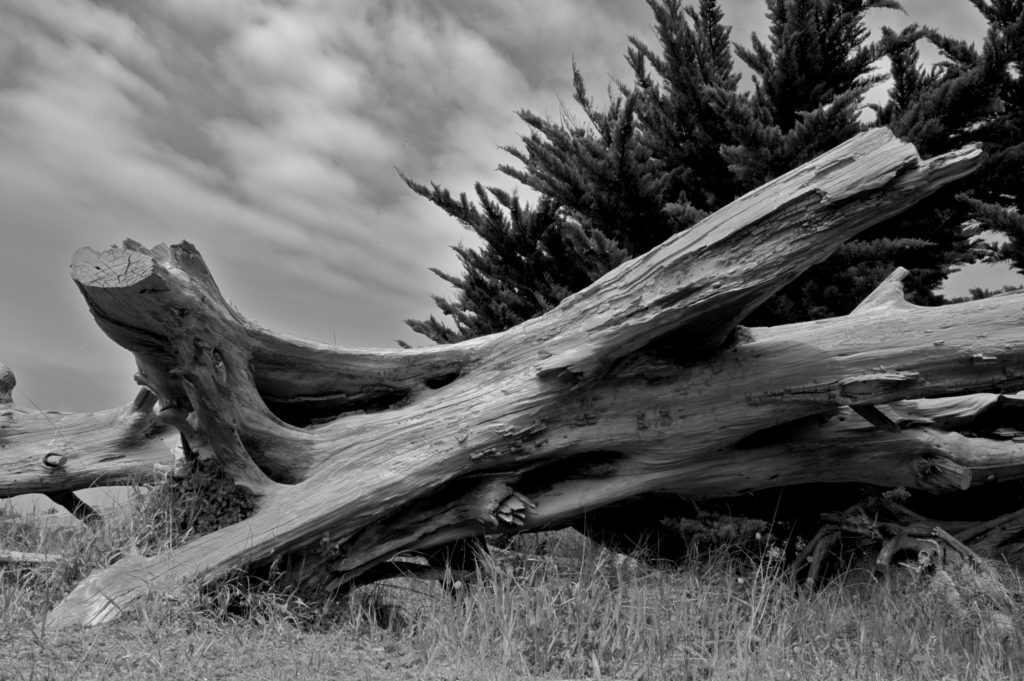
Always follow the 10 Step Process and create multiple blog posts for each unit to ensure you tackle all Assessment Objectives thoroughly :